A snug living room doesn’t have to feel squeezed. Designers are leaning into 2025’s twin obsessions — sustainability and self-expression — to prove that even the tiniest lounge can deliver comfort, style, and serious utility. From color palettes that make walls visually recede to furniture that morphs with your day, the newest ideas favor smart layering over clutter and celebrate every square inch. Ready to see how agile layouts, tactile finishes, and a dash of tech can let your small apartment living room breathe, host, and even work harder than ever? Let’s dive straight into the practical inspiration.
1. Floating Furniture Layout to Expand a Small Living Room
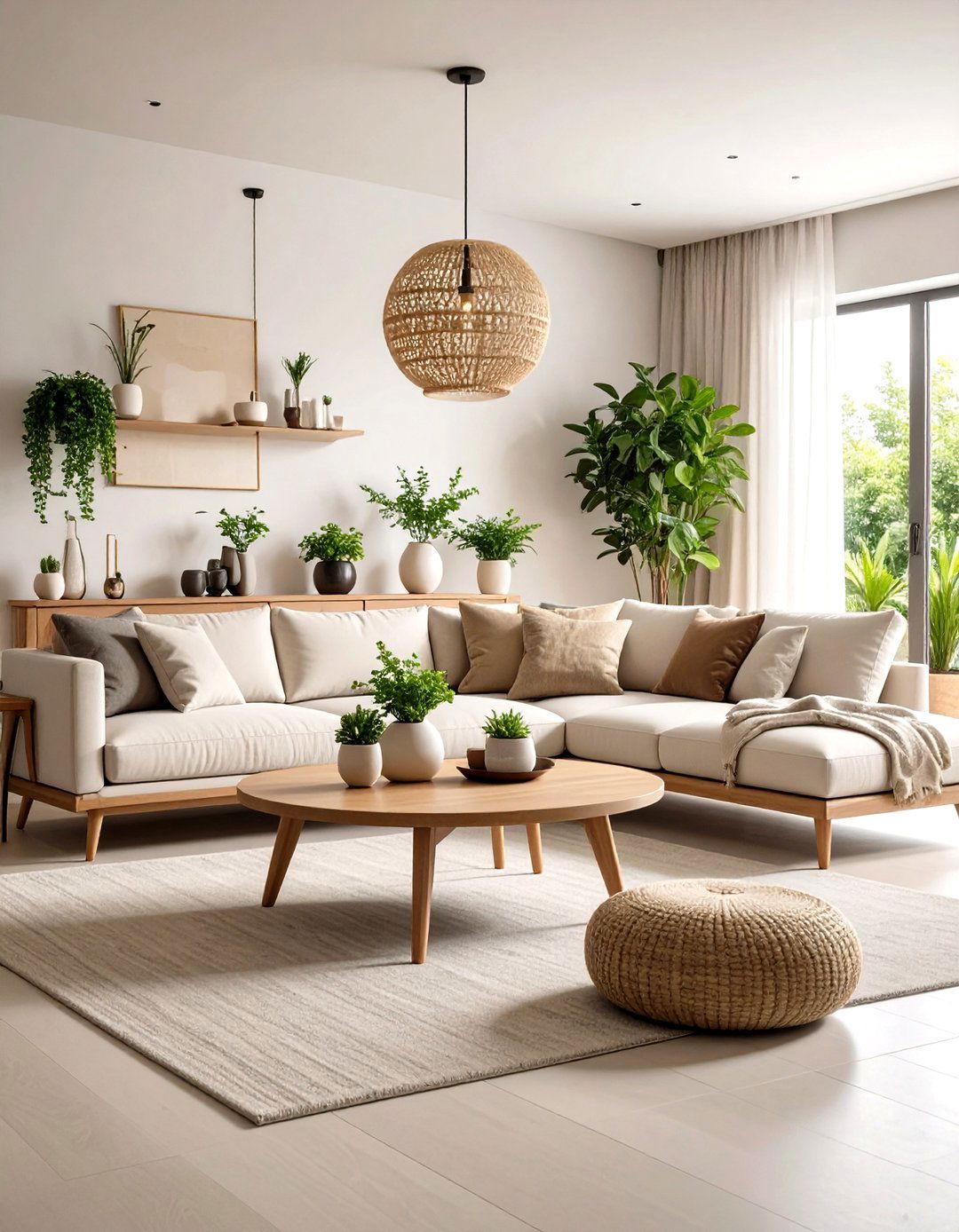
A surprising amount of floor appears when you pull the sofa off the wall. Angle a compact couch and chair around a slim coffee table, leaving a clear channel behind the seating for traffic flow. This “island” approach lets light travel farther, so the room reads larger, and it conveniently frees wall space for shelving or artwork. Finish the perimeter with a narrow console to hold lamps or plants without blocking sightlines. Floating furniture also allows quick re-arrangements when company comes, making the living room feel dynamic rather than cramped.
2. Vertical Storage Walls Keep the Living Room Floor Clear

Looking up is the fastest way to find instant square footage. Build shelving or cubbies from skirting board to ceiling and paint them the same color as the wall for a seamless effect. Tall units draw the eye upward, visually lifting the ceiling while corralling books, media boxes, and décor that might otherwise sprawl across valuable floor space. Add a slim rolling ladder or step stool that tucks away when not in use, and anchor the lowest shelf at seat-back height so everyday items stay within easy reach.
3. Earthy Tone Palette Gives a Cozy Living Room Illusion
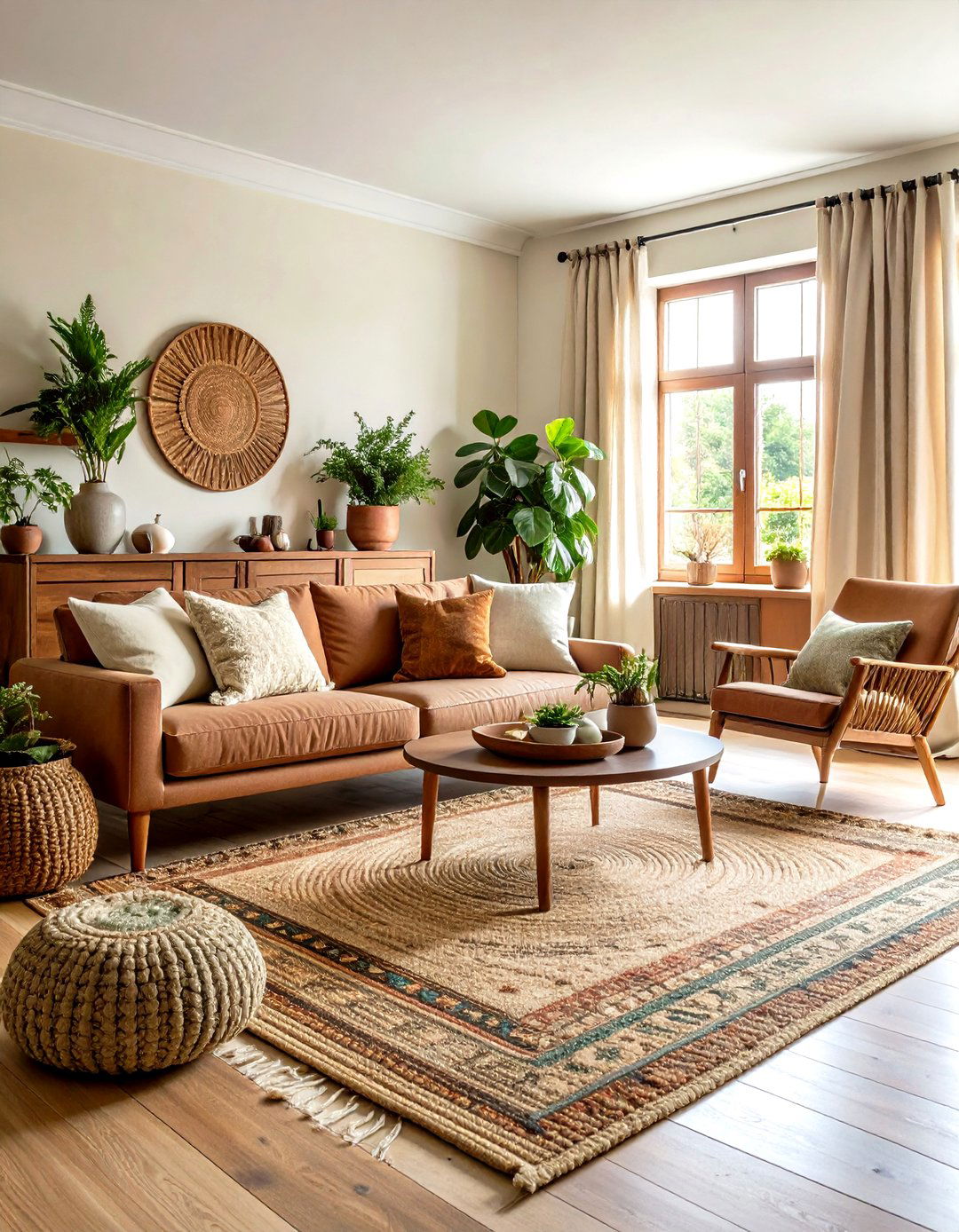
Warm browns, muted greens, and soft beige are dominating 2025 color forecasts precisely because they soothe the senses and blur room edges. Painting walls, trim, and even built-ins in a single earthy hue wraps the eye, making corners disappear and the space feel cocoon-like yet open. Layer natural textures — jute rugs, linen cushions, reclaimed-wood frames — to echo the palette’s outdoor roots without cluttering. When accent colors are needed, keep them tonal and restrained so the enveloping illusion stays intact.
4. Statement Lighting Layers Add Depth to a Small Living Room
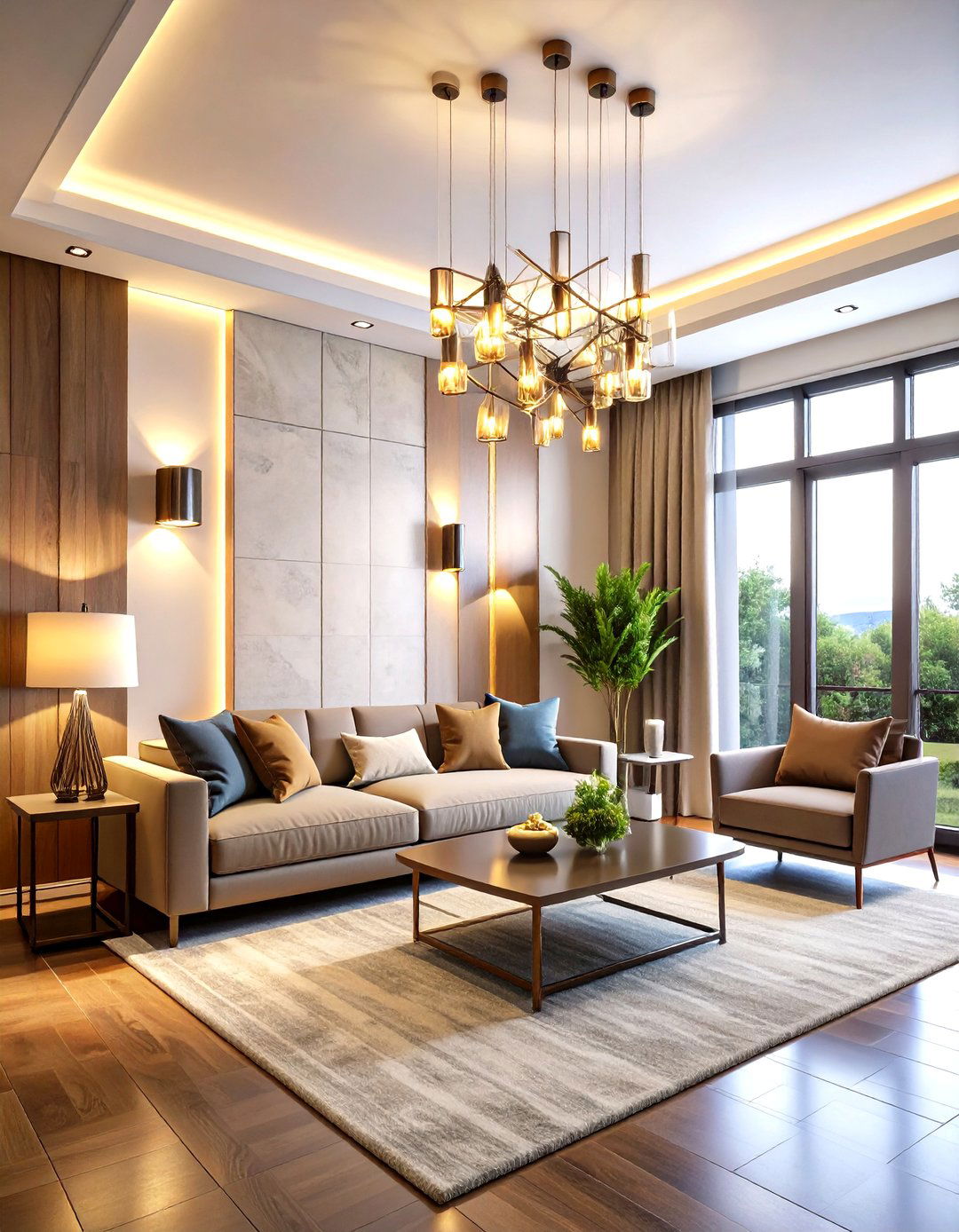
Bold sculptural sconces, a compact chandelier, and a dimmable floor lamp create three lighting tiers that double a room’s perceived depth. Because fixtures act as vertical punctuation, they lead the gaze around the space and replace the need for bulky end tables. Choose warm LED bulbs and place smart switches at both entry and sofa height for effortless scene changes — from movie night glow to bright work-from-home task light. Layered lighting also helps define micro-zones within an open plan without erecting physical barriers.
5. Modular Sofa Systems Fit Changing Living Room Needs
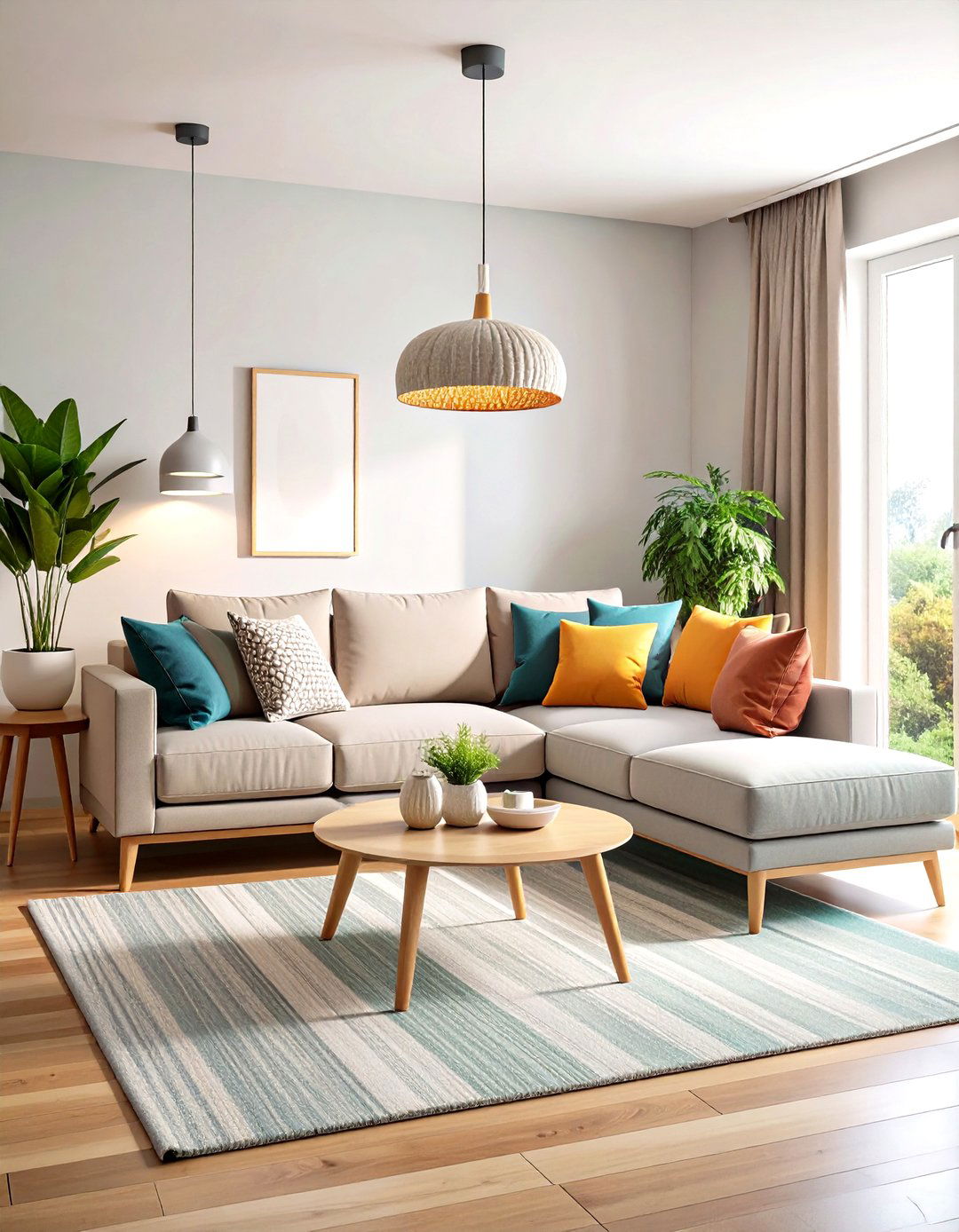
Unlike a fixed loveseat, individual seat blocks or a small sectional with detachable chaise let you snap, swivel, or separate pieces for guests, workouts, or sleepovers. Select modules with hidden storage in armrests or beneath cushions to stash spare throws. Stick to low backs and legs to keep sightlines clear, and pick neutral upholstery so you can refresh the look with different pillow covers rather than new furniture each season.
6. Mirrored Surfaces Stretch Living Room Boundaries

Strategically placed mirrors double natural light and create the illusion of extra windows. Mount one opposite your brightest source or lean an oversized glass panel behind the sofa to reflect depth. For subtler shine, choose mirrored furniture fronts — think a slim media console or nesting side tables — that bounce light without broadcasting their presence. Keep frames minimal to avoid visual noise, and wipe with microfiber cloths to maintain that endlessly “open” effect.
7. Fold-Down Console Tables Double as Living Room Dining
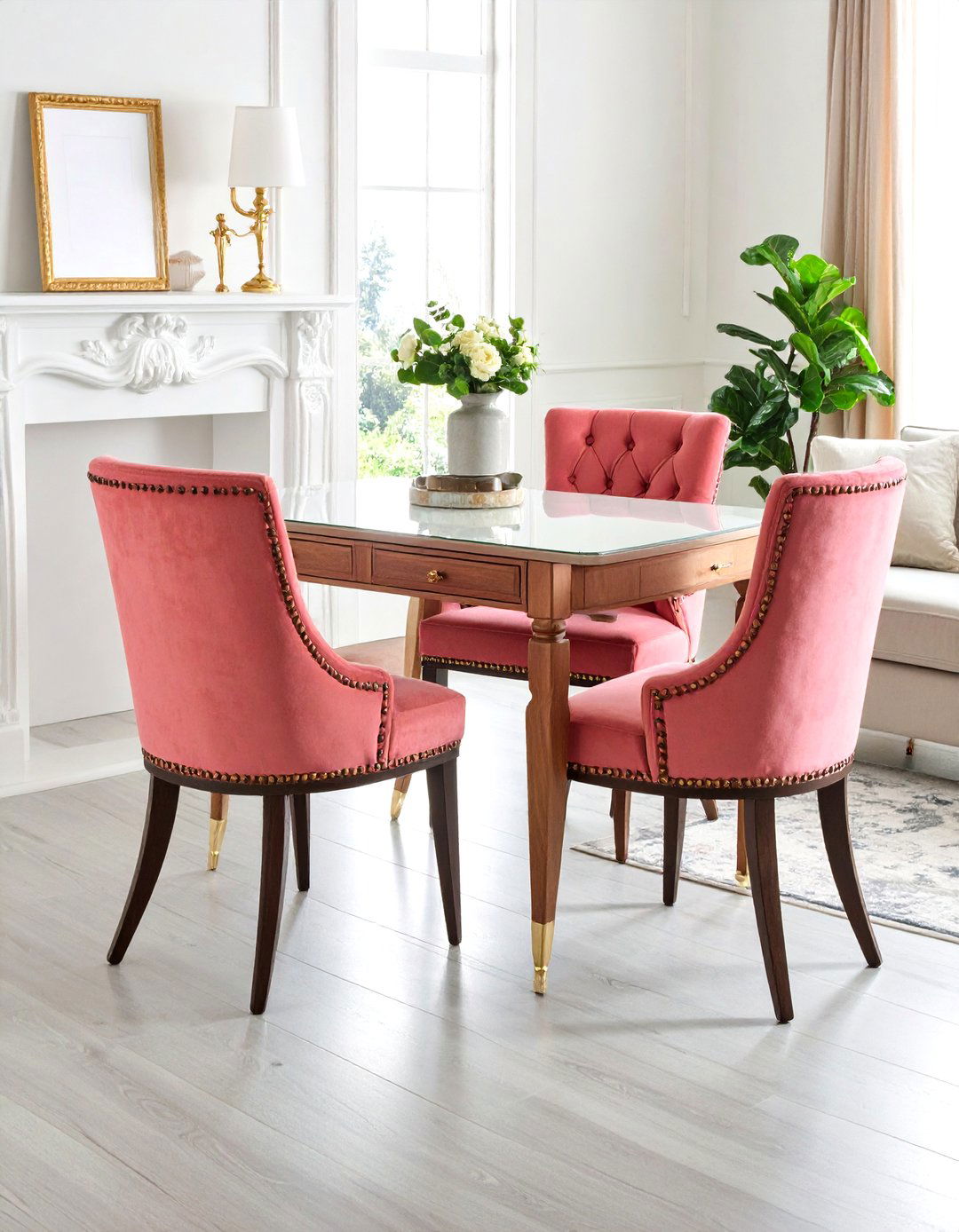
Consider a wall-mounted, drop-leaf unit no deeper than a hardcover book when closed. Flip it up for laptop duty or weeknight meals, then fold it flat to reclaim walking space. Pair with stackable stools that slide under the sofa or nest inside each other. Choose a finish that matches your trim so, when upright, the table disappears into the décor. This single swap can free a whole corner previously sacrificed to a permanent table.
8. Curved Furniture Softens Tight Living Room Corners
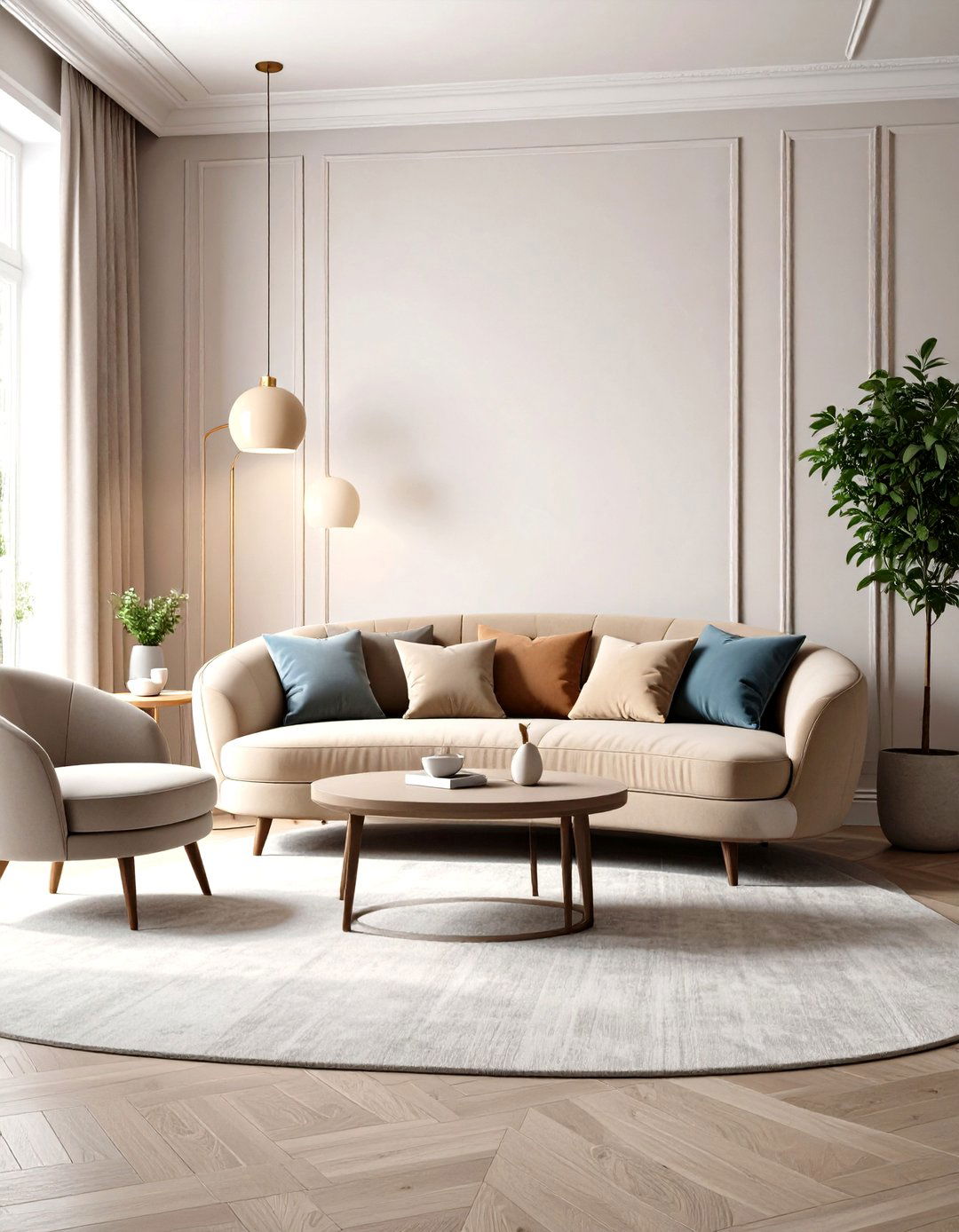
Rounded silhouettes — in sofas, side chairs, or nesting tables — earn their keep by dodging bruised shins and tricking the eye into sensing more breathing room. A petite crescent-shape couch, for instance, hugs conversation tightly without the stiff edges that telegraph “too small. ” When every inch counts, curved profiles also cheat extra seating into awkward corners, turning dead zones into cozy nooks.
9. Biophilic Living Room Elements Bring the Outdoors In

Plants introduce vertical interest while purifying air, and they visually soften hard apartment architecture. Use a slim ladder shelf for cascading pothos, or suspend a trailing philodendron in front of the window where heavier furniture can’t sit. Complement greenery with bamboo shades, cork side tables, or a wool throw to echo nature’s palette and textures. The biophilic effect calms the mind and subtly blurs indoor – outdoor boundaries, making tight quarters feel refreshing.
10. Maximalist Gallery Walls Personalize a Compact Living Room
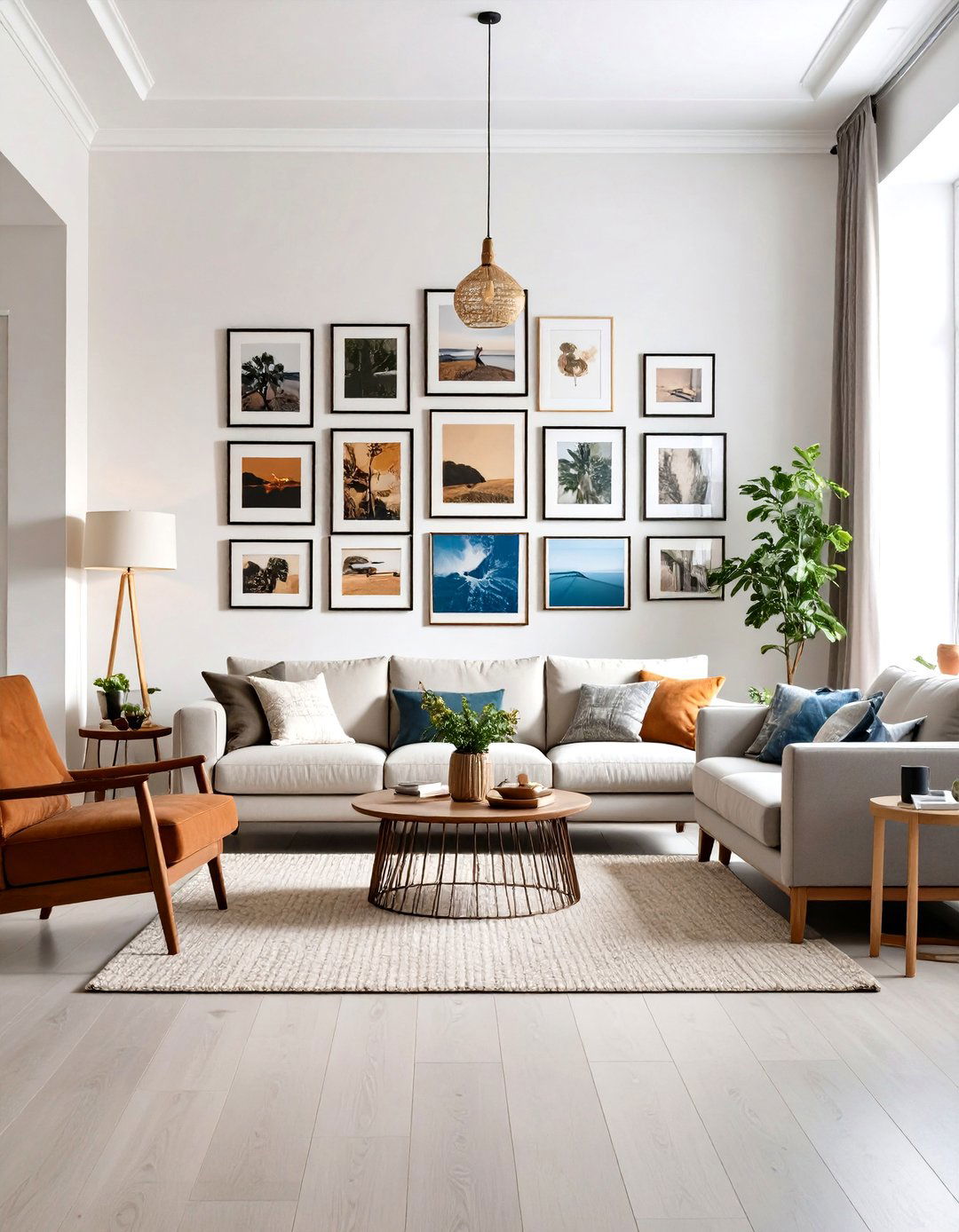
Tiny spaces often rely on white walls, but sprinkling personality vertically doesn’t add clutter. Start with a cohesive theme — travel prints, abstract line art, or family photos — and anchor pieces around an imaginary centerline for balance. Vary frame sizes but keep finishes uniform so the collection reads intentional rather than chaotic. Because gallery walls draw attention upward, they lessen focus on limited floor area while showcasing your story in a vivid, space-saving way.
11. Under-Sofa Storage Drawers Hide Living Room Clutter
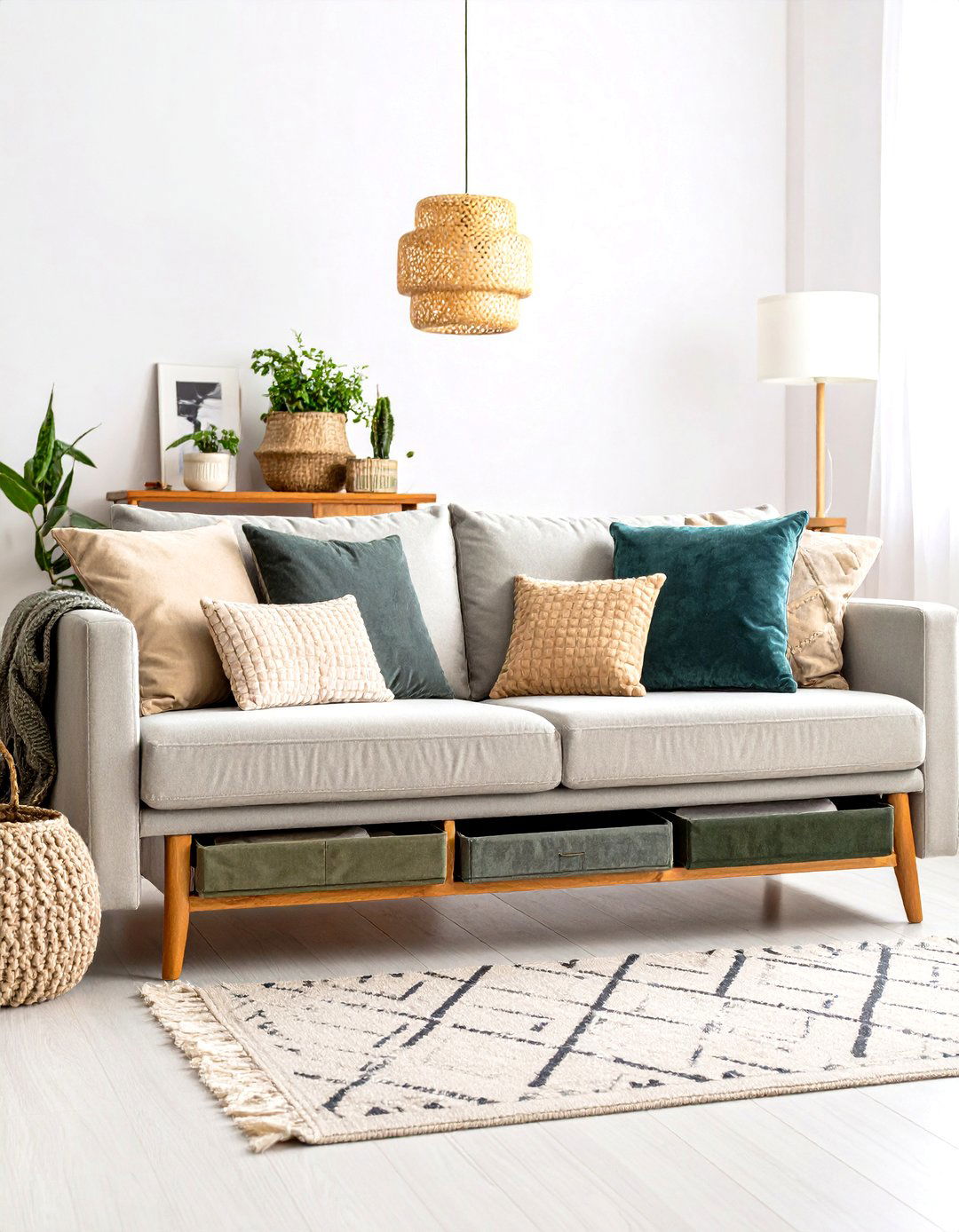
Many small-scale sofas now ship with rolling drawers that glide out for board games, extra pillows, or off-season décor. If yours doesn’t, a pair of slim felt-lined under-bed boxes fit just as neatly beneath most couches with at least four inches of clearance. Label bins clearly and rotate their contents each season to keep only what’s needed close at hand. This tactic declutters surfaces without surrendering precious closet space.
12. Neutral Monochrome Schemes Calm a Busy Living Room
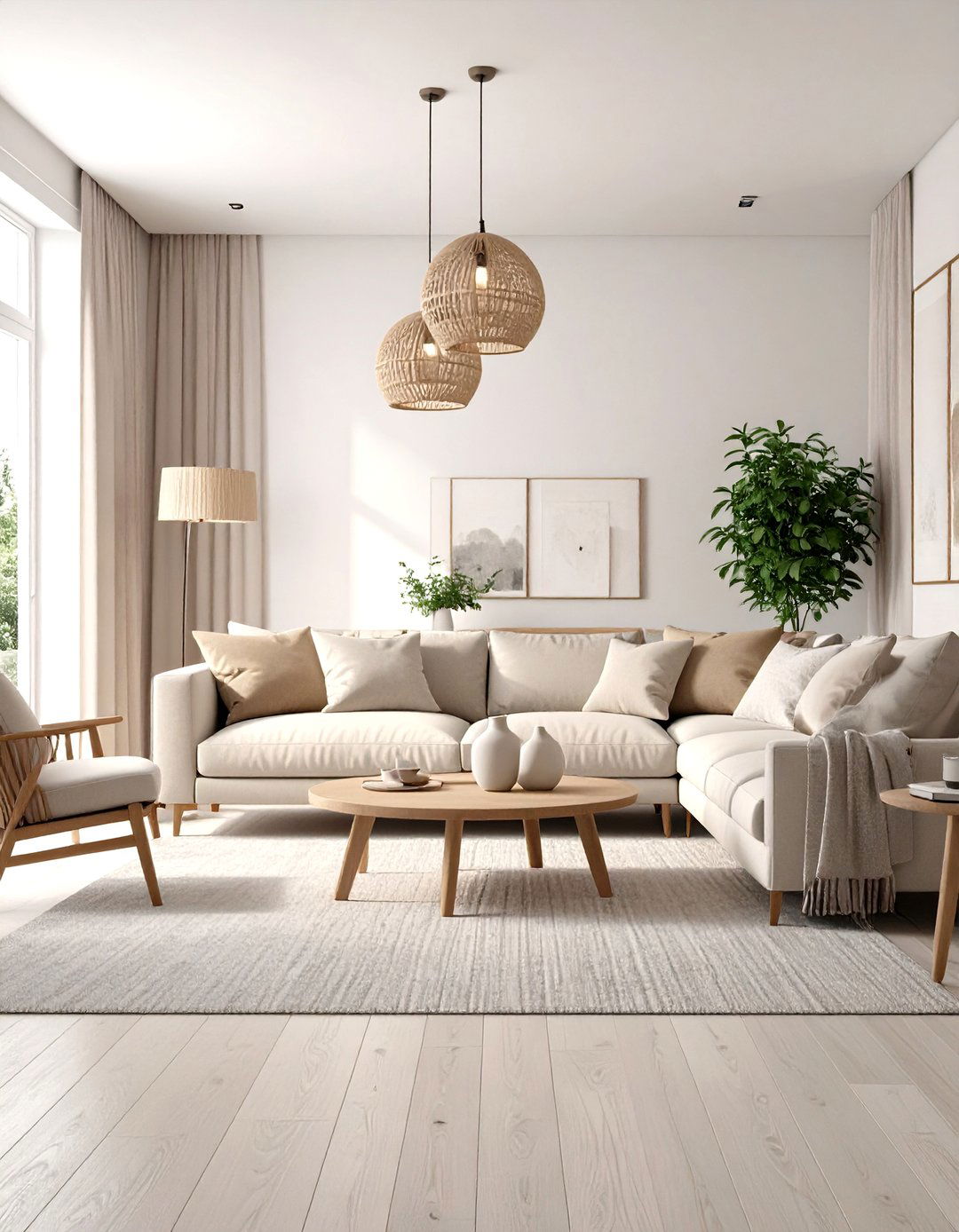
When walls, textiles, and even lamp bases share similar tone — think layered creams or misty gray — the boundary between objects blurs. The result feels more expansive because the eye doesn’t stop to catalog contrasting hues. Introduce dimension via subtle texture shifts: boucle cushions, matte pottery, or ribbed glass vases. Soft neutrals also provide an elegant backdrop for a single accent chair or art piece to pop without overwhelming tight quarters.
13. Rug Zoning Defines Living Room Functions Without Walls
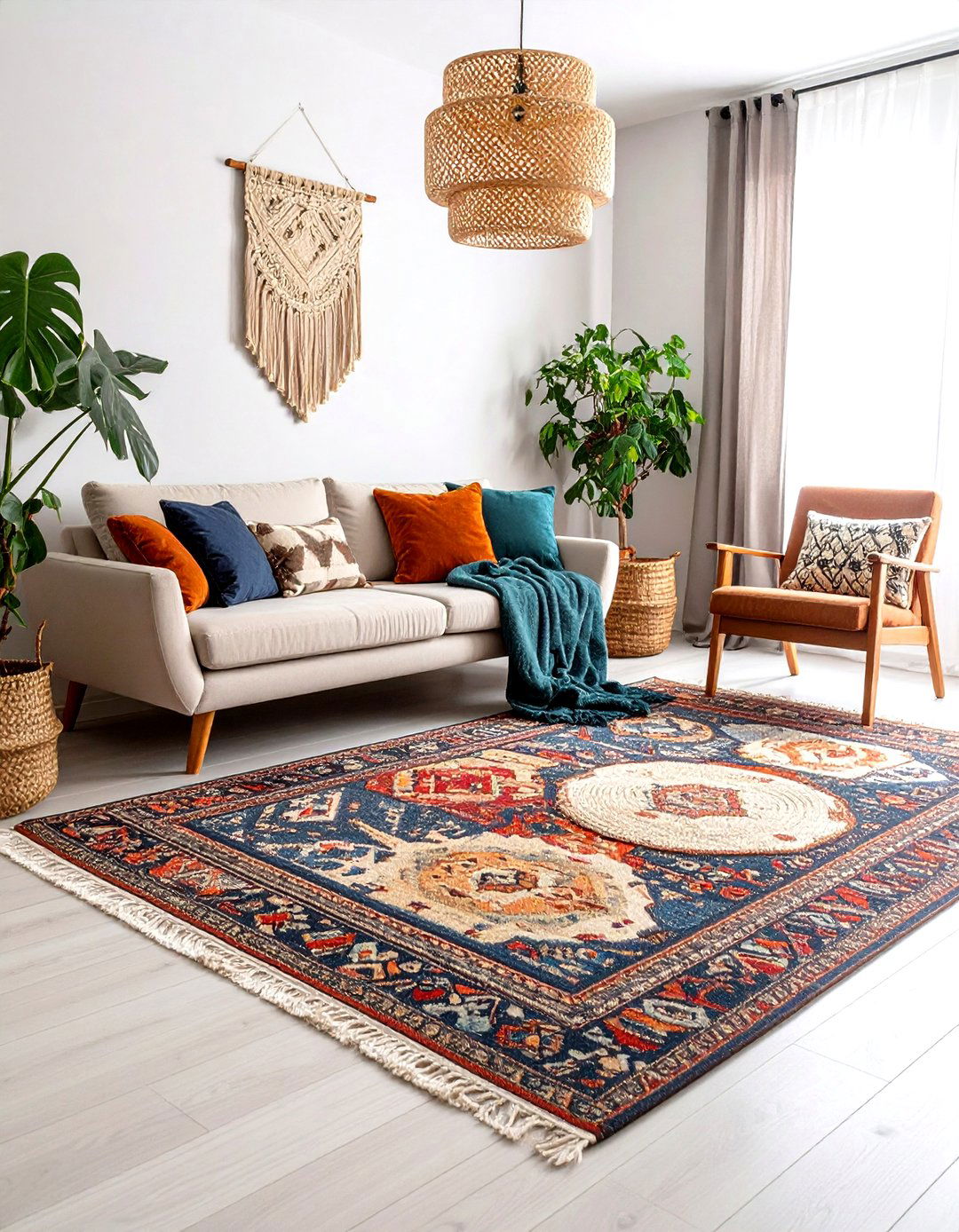
A single oversized flat-weave spanning sofa and chair legs unifies the seating node, while a smaller high-pile runner can delineate a reading corner or home-office perch. This visual zoning organizes traffic patterns and anchors furniture so it doesn’t seem to float aimlessly. Stick to similar tones so rugs converse instead of compete, and use rug pads to prevent slippage on hard apartment floors.
14. Convertible Ottoman Coffee Tables Save Living Room Space
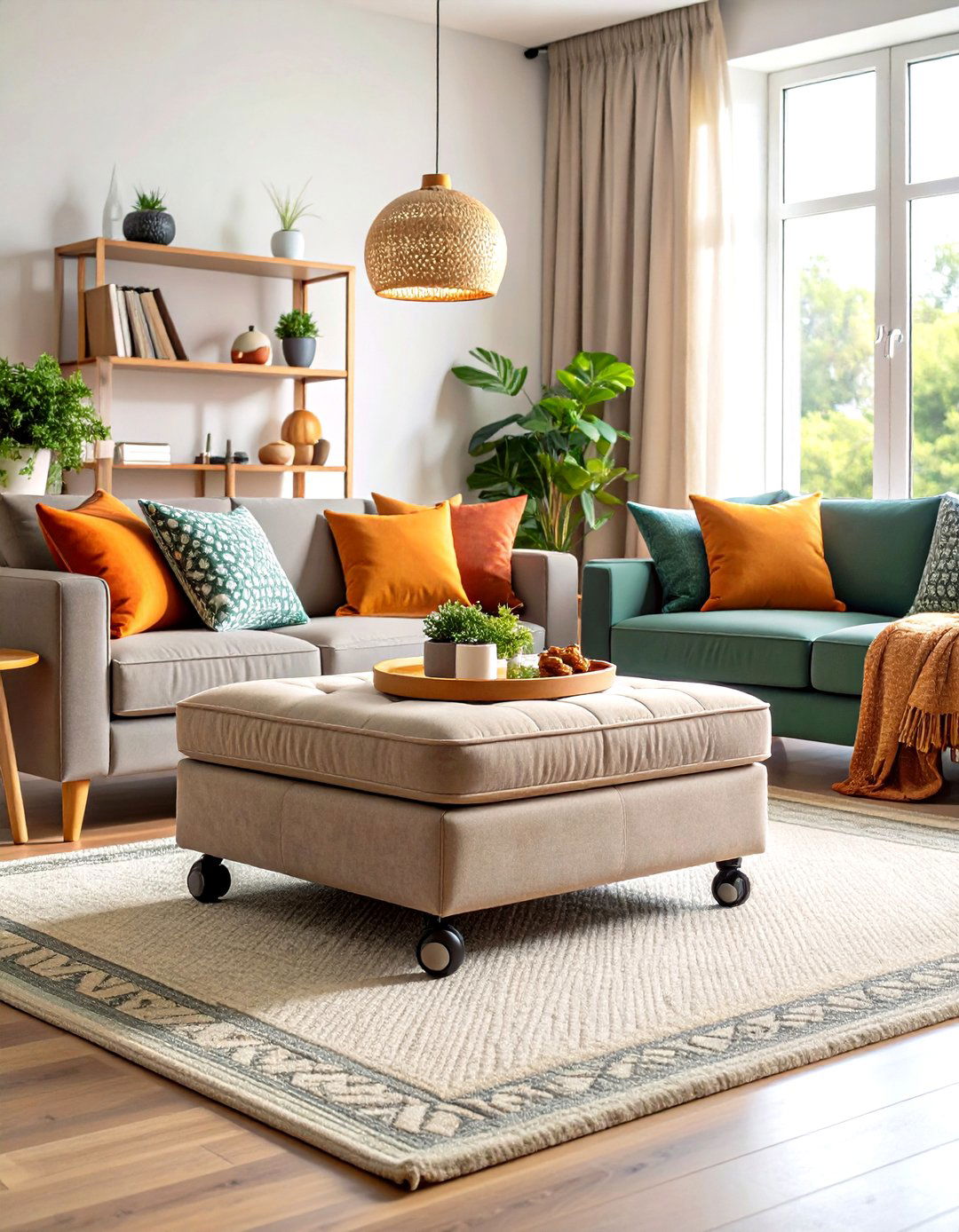
Opt for an ottoman with a flip-top tray: plush when closed for feet or extra seating, stable when flipped for drinks. Interior cavities swallow blankets or kids’ toys, and casters allow easy repositioning when gym-time clears the floor. Choose upholstery in performance fabric so spills wipe clean, reinforcing multipurpose practicality — key in small apartment living rooms.
15. Track Shelving Systems Adapt With Your Living Room
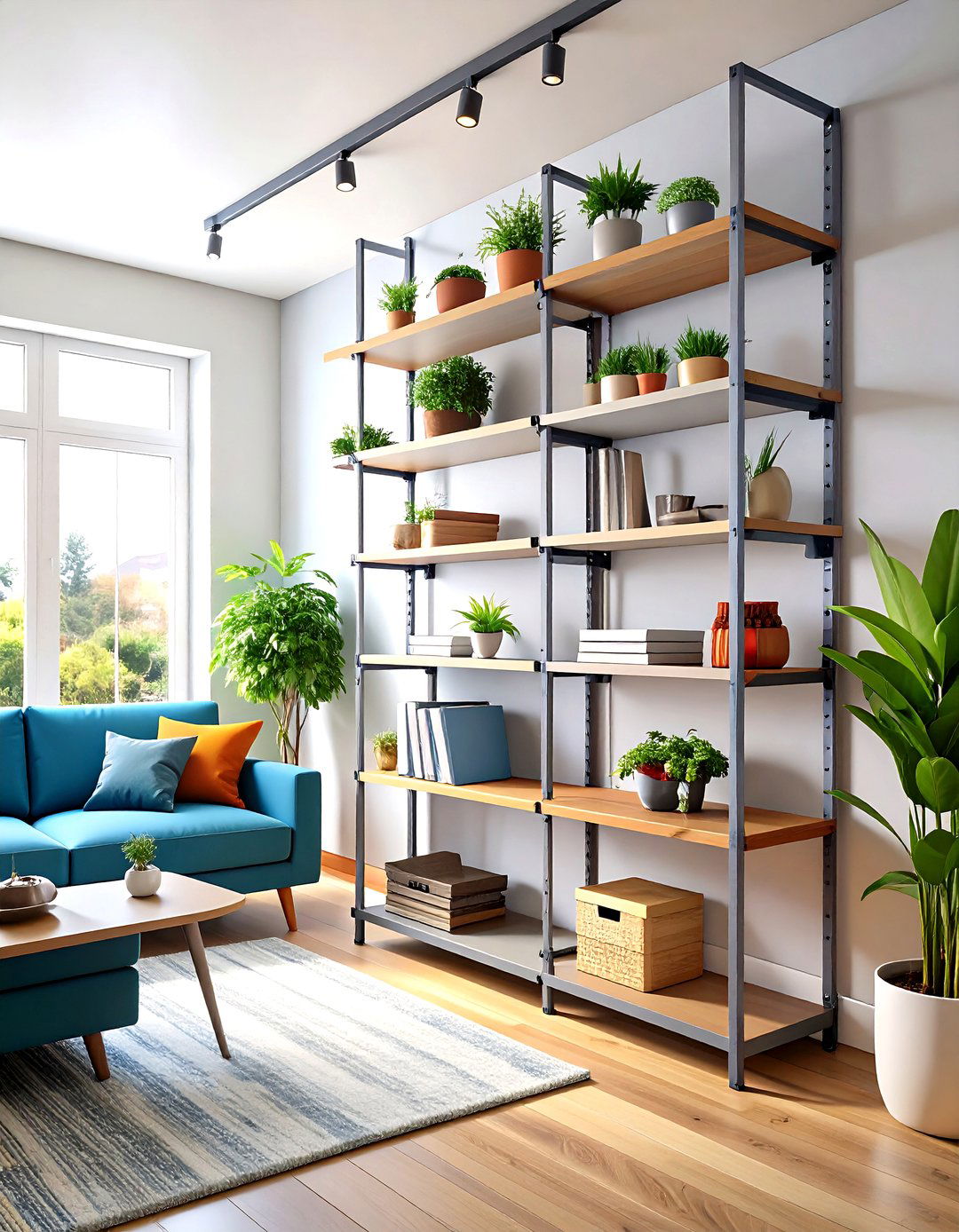
Aluminum or steel wall tracks support movable brackets, letting shelves slide higher for tall plants or lower for a desk surface. Because uprights are slim, visual clutter stays low, and you can repaint the shelf fronts for quick seasonal refreshes. Track systems grow with shifting needs — first media storage, later a nursery bookcase — without another set of wall anchors.
16. Sliding Door TV Cabinets Keep Living Room Tech Tidy
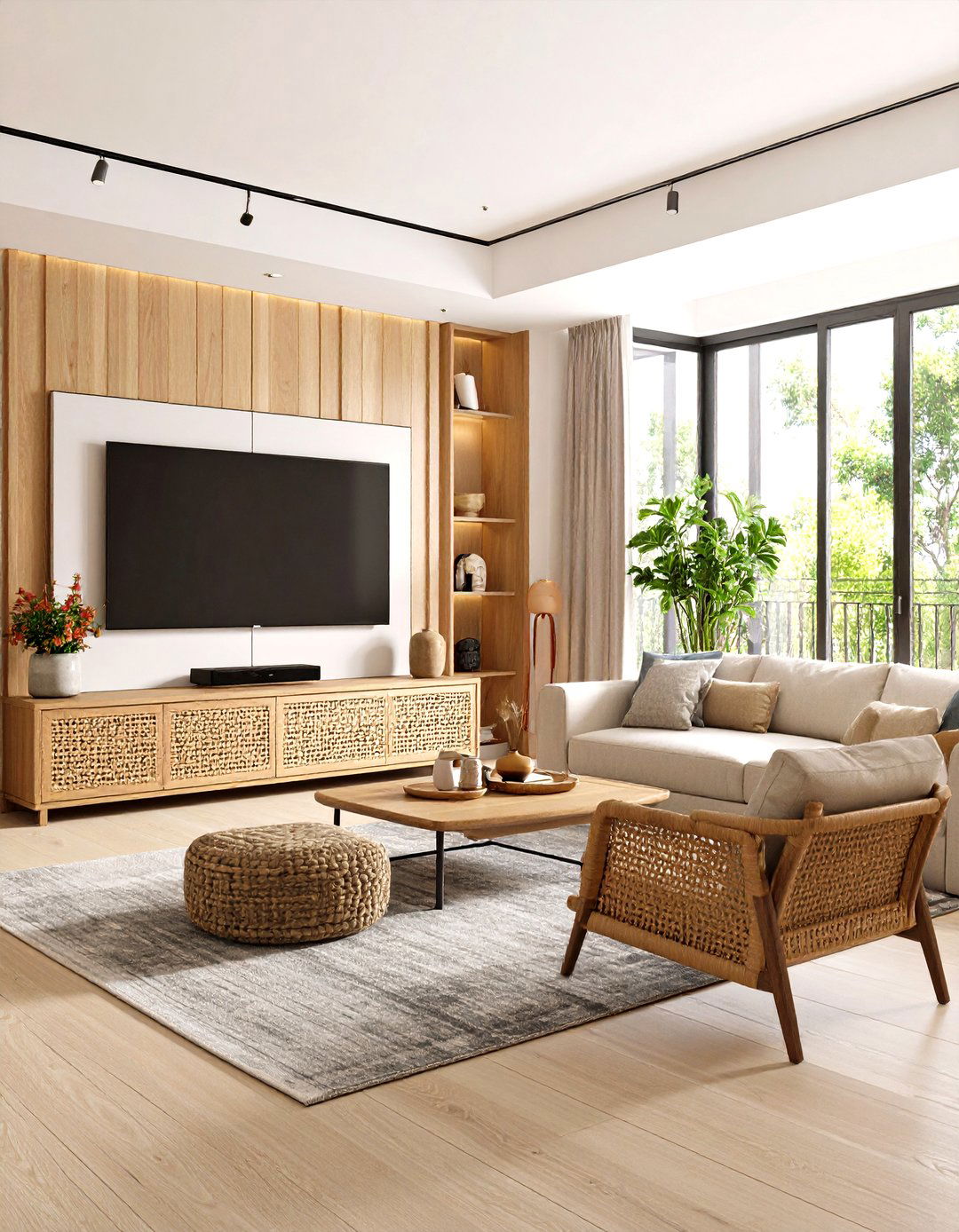
Instead of a swinging unit that steals clearance, choose shallow cabinetry with bypass doors. When closed, art panels or rattan fronts disguise screens; when open, each door overlaps itself rather than the room. Install sound-bar cutouts and cable management clips behind the frame to prevent cord tangles. A clean media wall lets decorative pieces — not devices — take center stage.
17. Glass or Acrylic Pieces Visually Lighten a Small Living Room
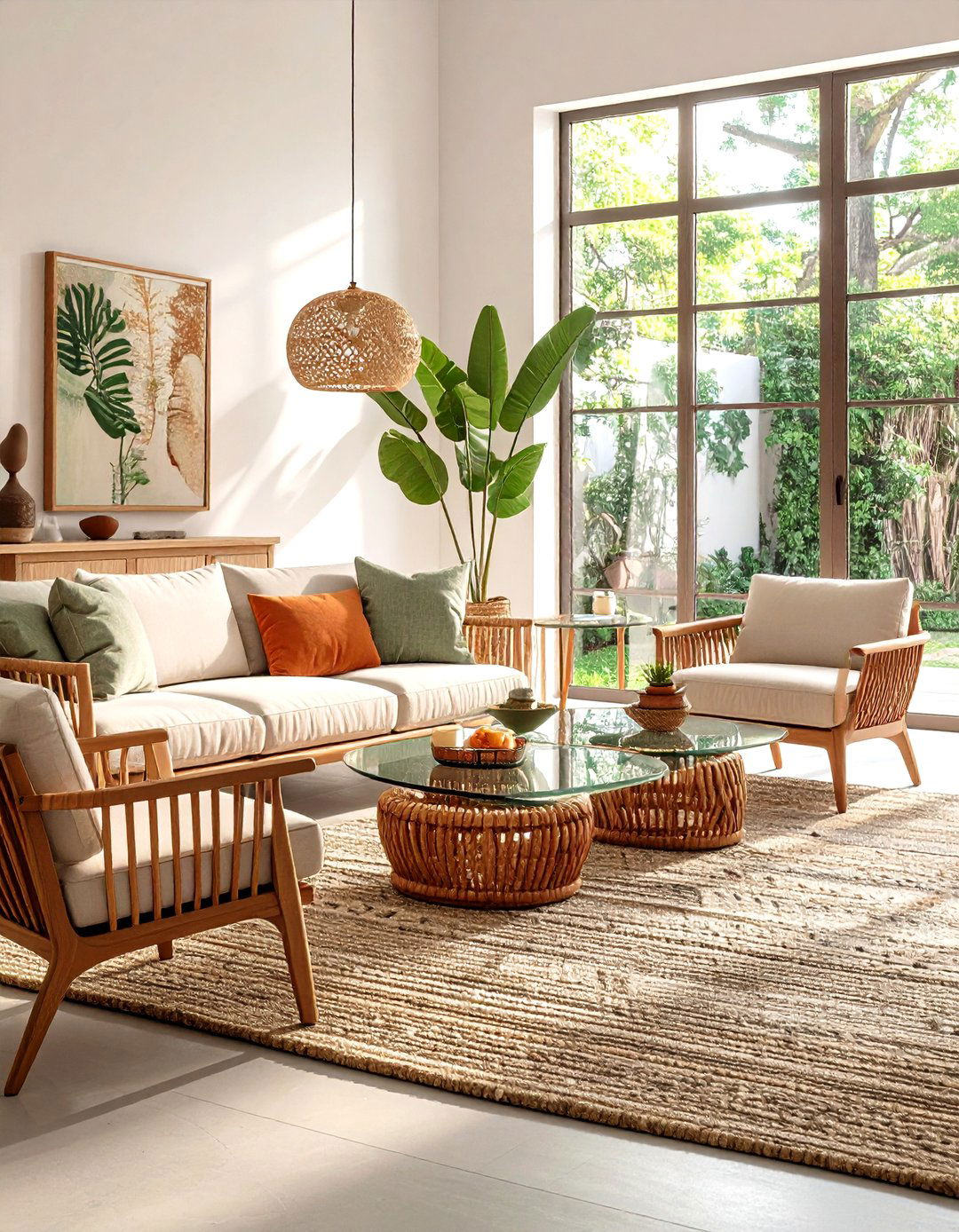
Lucite nesting tables, a glass console, or even a transparent chair provide function without bulk, because their clear surfaces allow light to flow. Top acrylic tables with textured coasters or a woven basket underneath to warm the look. Wipe regularly to maintain shine and avoid scratching by adding felt pads beneath decorative objects.
18. Ceiling-Mounted Curtain Tracks Elevate Living Room Height
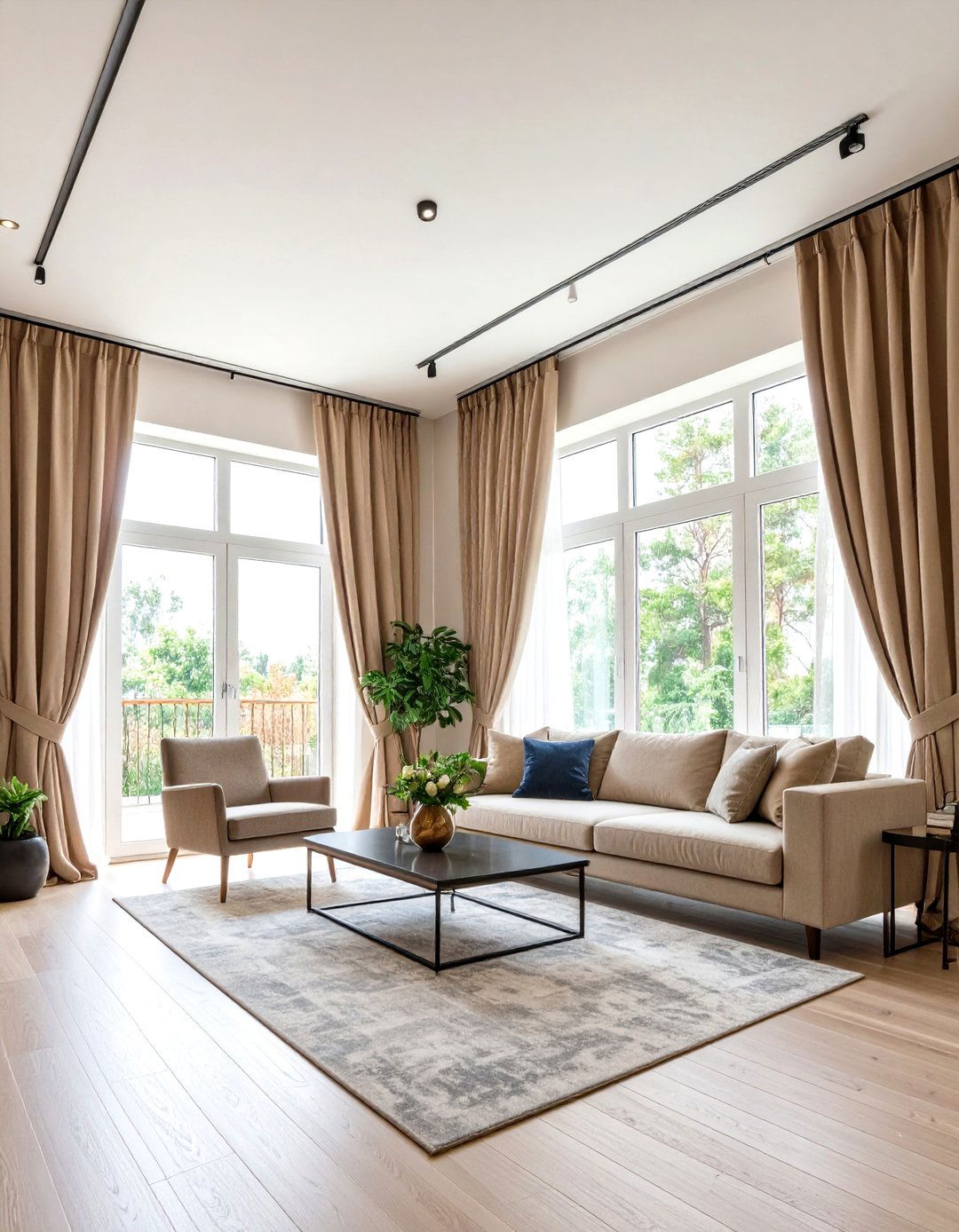
Mount drapery hardware right where ceiling meets wall and let panels kiss the floor. The unbroken vertical line exaggerates height, while curtains drawn wide show more glass and boost daylight. Pick lightweight fabric so when closed it doesn’t overwhelm, and mirror the wall color for a tailored, room-stretching effect.
19. Art Deco Accents Add Glam to a Small Living Room

A velvet cushion in emerald, a slim brass lamp with stepped base, or a geometric mirror nods to Art Deco’s luxe vibe without tipping into overcrowding. Pair metallics sparingly with matte textures so reflections sparkle instead of clutter. Deco’s controlled geometry also contrasts nicely with contemporary straight-lined furnishings, creating a curated, elevated look in limited square footage.
20. Smart Lighting Controls Boost Living Room Flexibility
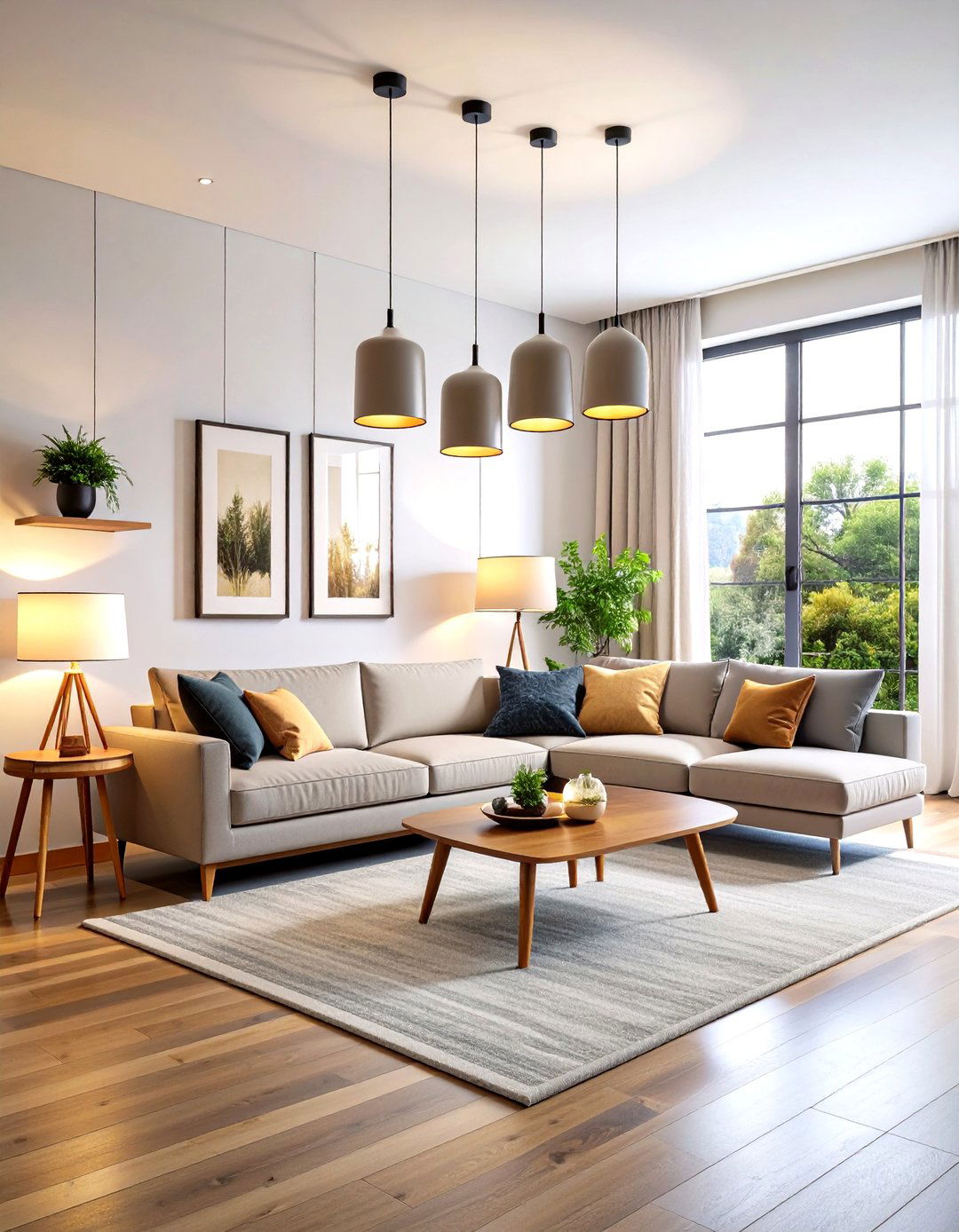
Bluetooth bulbs or a simple plug-in dimmer transform one lamp into multiple moods: bright zoom-call clarity, candle-like dinner glow, midnight hallway beacon. Program routines so lights fade out at bedtime, saving energy and preventing stubbed toes. Because physical switches stay untouched, walls remain free for art instead of bulky control panels.
21. Vintage Finds Add Character to a Modern Small Living Room
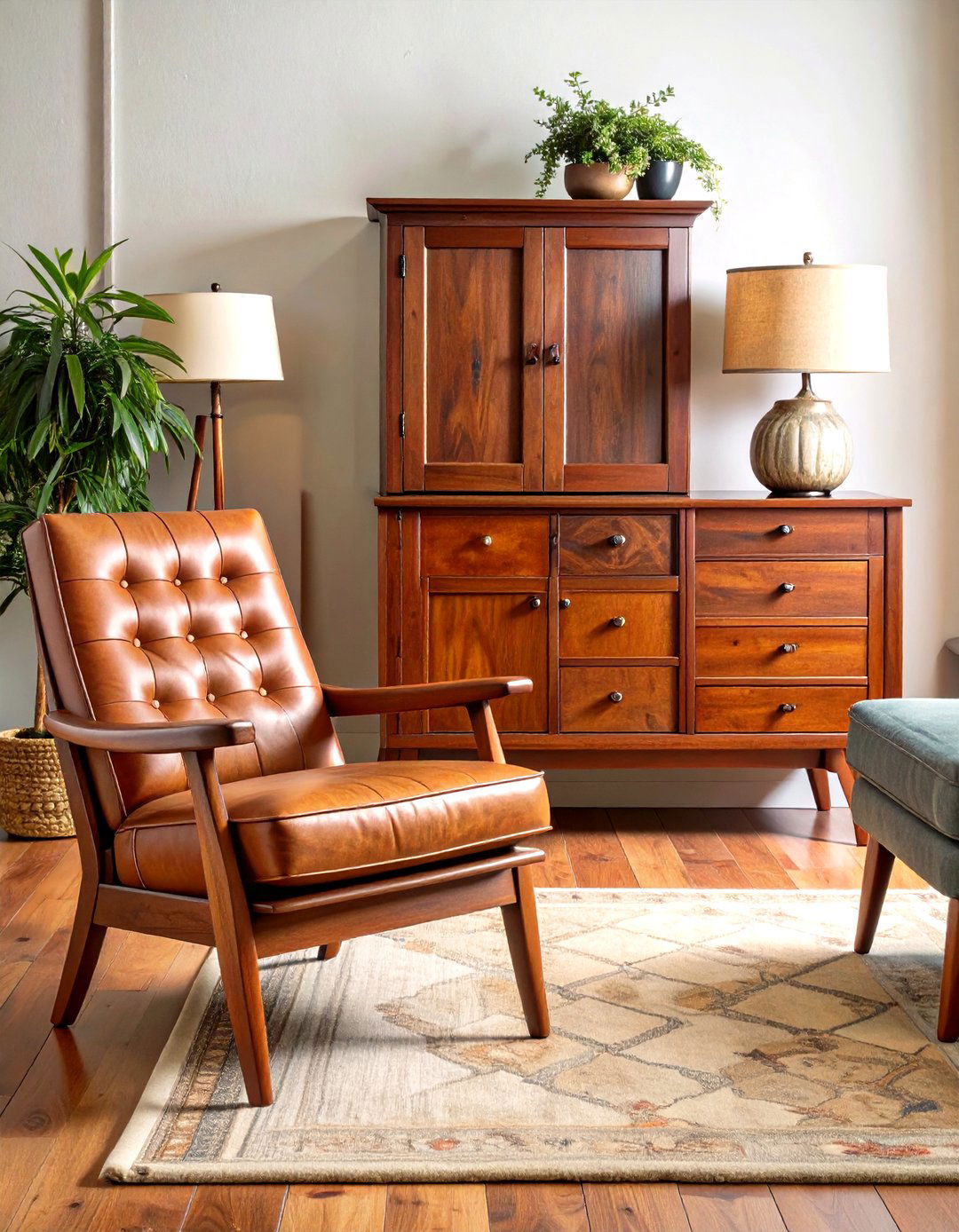
A petite mid-century sideboard or thrifted spindle chair introduces patina and story, offsetting factory-fresh pieces. Vintage furniture often has slimmer profiles than contemporary counterparts, making it ideal for tight corners. Reupholster seats in durable fabric and refinish scratched wood to extend life. The blend of old and new fosters depth without eating space.
22. Hidden Projector Screens Transform the Living Room at Night
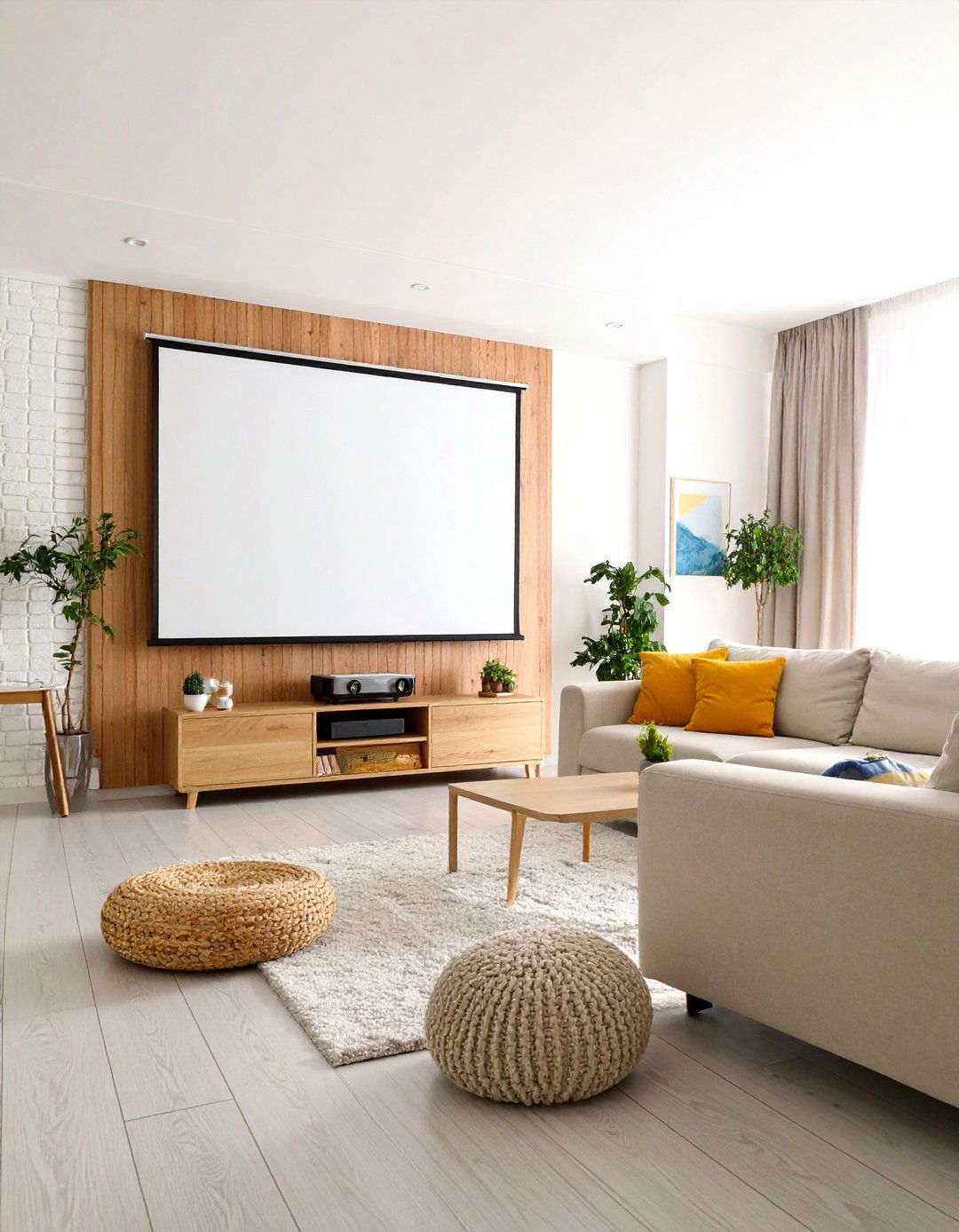
Mount a slim roll-down screen inside a ceiling recess or cabinet valance; when stowed, your “television” vanishes, reclaiming a wall for art. Pair with a portable LED projector stored in a media drawer. The setup frees floor area otherwise dedicated to a large TV stand and allows movie-theater scale without permanent hardware dominating daylight hours.
23. Layered Textures Add Warmth Without Crowding the Living Room
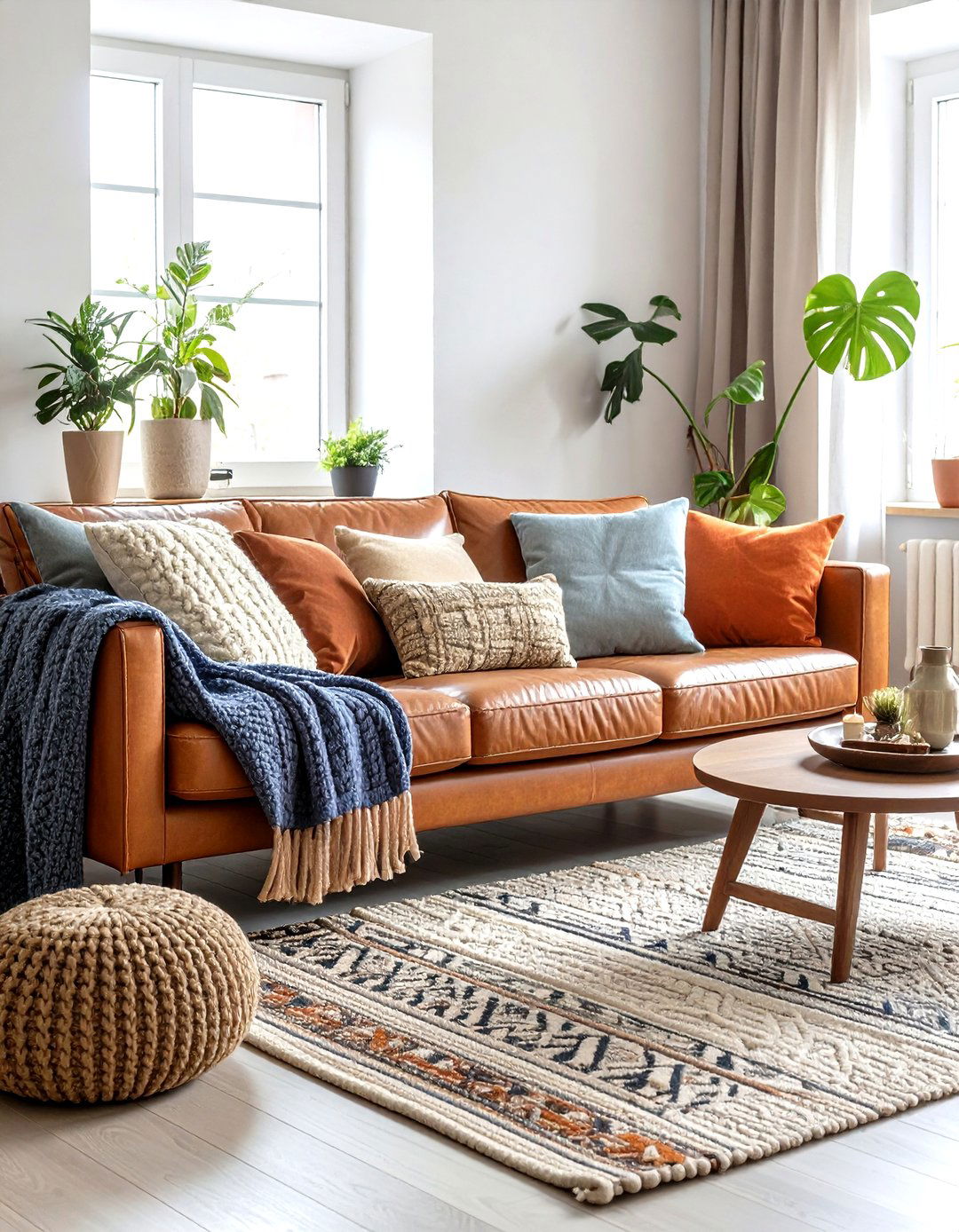
Soft knits, nubby boucle, smooth leather, and a ribbed ceramic vase engage the senses, making a neutral palette feel inviting rather than flat. Keep hues close to avoid busyness, and vary only one or two standout textures per zone. Texture brings depth a small space often lacks, so rooms appear thoughtfully assembled instead of spare.
24. Zone a Work-From-Home Nook Inside the Living Room
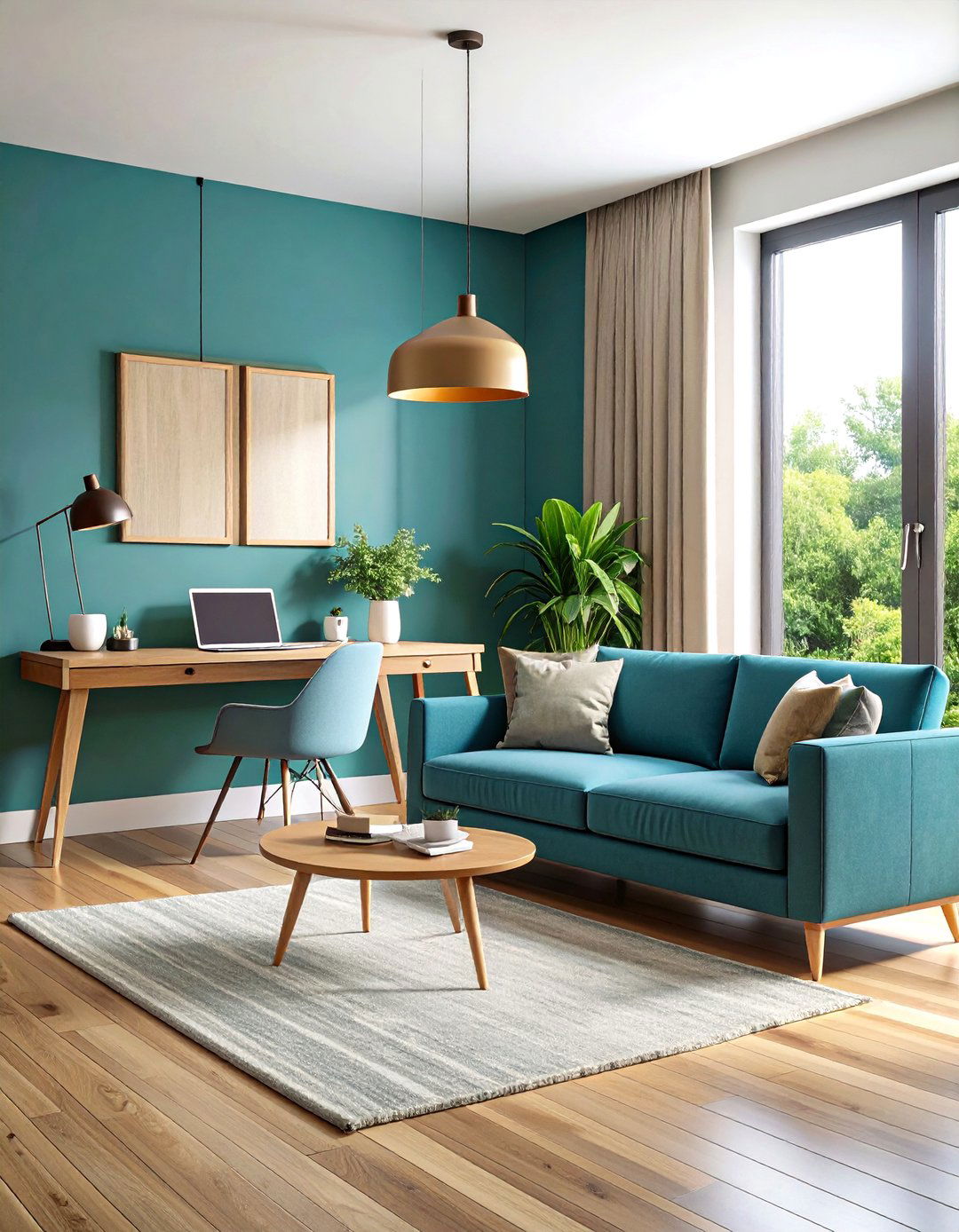
Slide a ladder desk behind the sofa or along an unused wall sliver; its narrow profile leaves walkways free. Add a fold-up stool and a pinboard that doubles as décor. When work ends, close the laptop, tuck accessories into a shallow drawer, and the nook visually recedes, preserving the lounge vibe without dedicating a whole room to an office.
25. Sustainable Materials Future-Proof Your Small Living Room
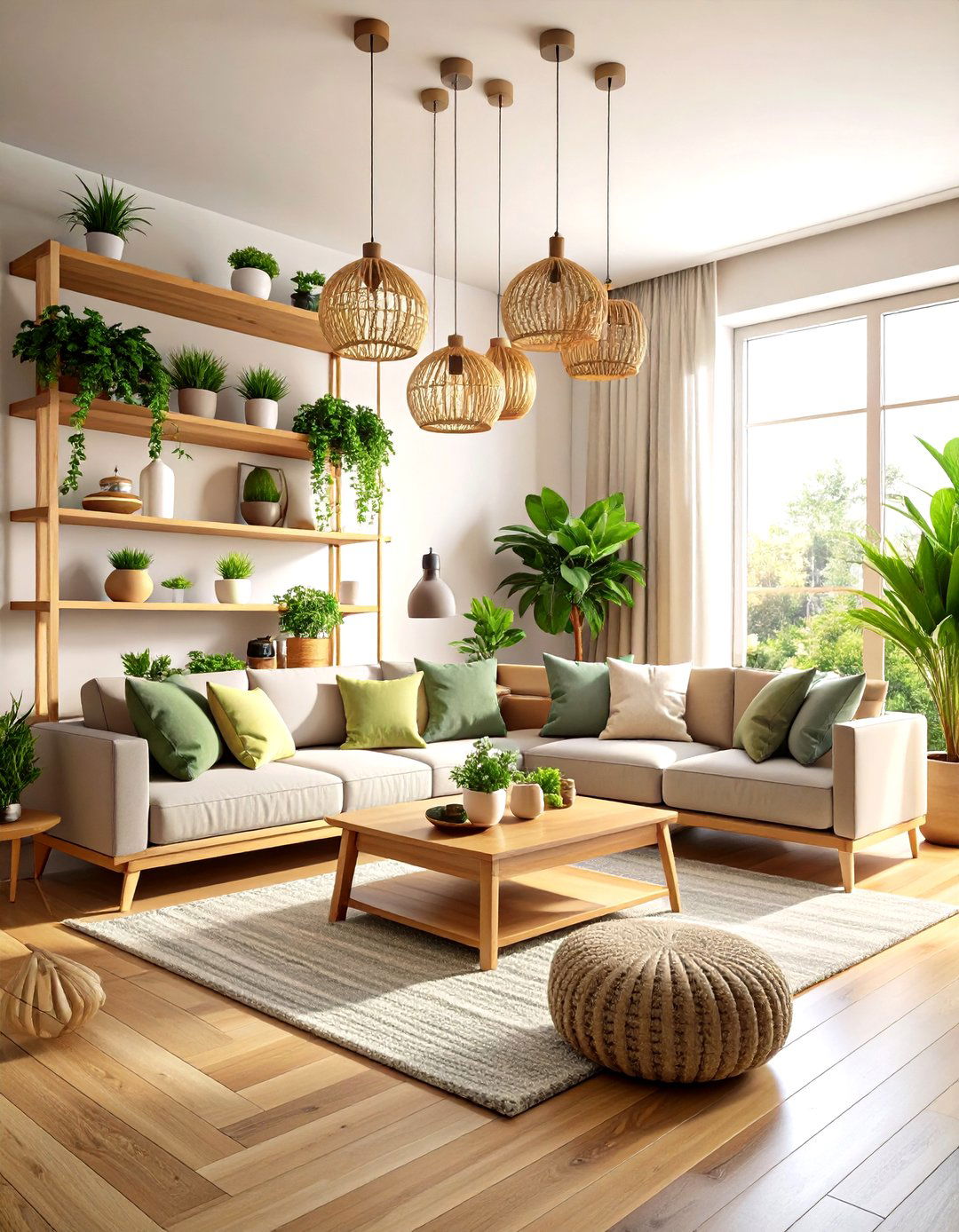
Opt for bamboo shelving, FSC-certified wood tables, or recycled-metal lighting to align design with environmental priorities. These pieces often feature modular construction, so parts can be swapped or repaired rather than replaced, stretching budgets and landfill space. Sustainable materials dovetail with 2025’s broader eco-conscious design movement, proving that responsible choices can look chic while keeping your compact living room adaptable for years.
Conclusion:
A well-planned apartment living room thrives on movement, multi-tasking furniture, and mindful color. By floating seating, climbing the walls with storage, layering smart lighting, and embracing eco-minded materials, you create a space that morphs from office to cinema to serene retreat without ever feeling squeezed. These 25 living room ideas blend 2025’s key trends — earthy palettes, curved lines, biophilic touches, and sustainable craftsmanship — into practical steps you can implement today, proving that size limits never have to curb big, beautiful living.



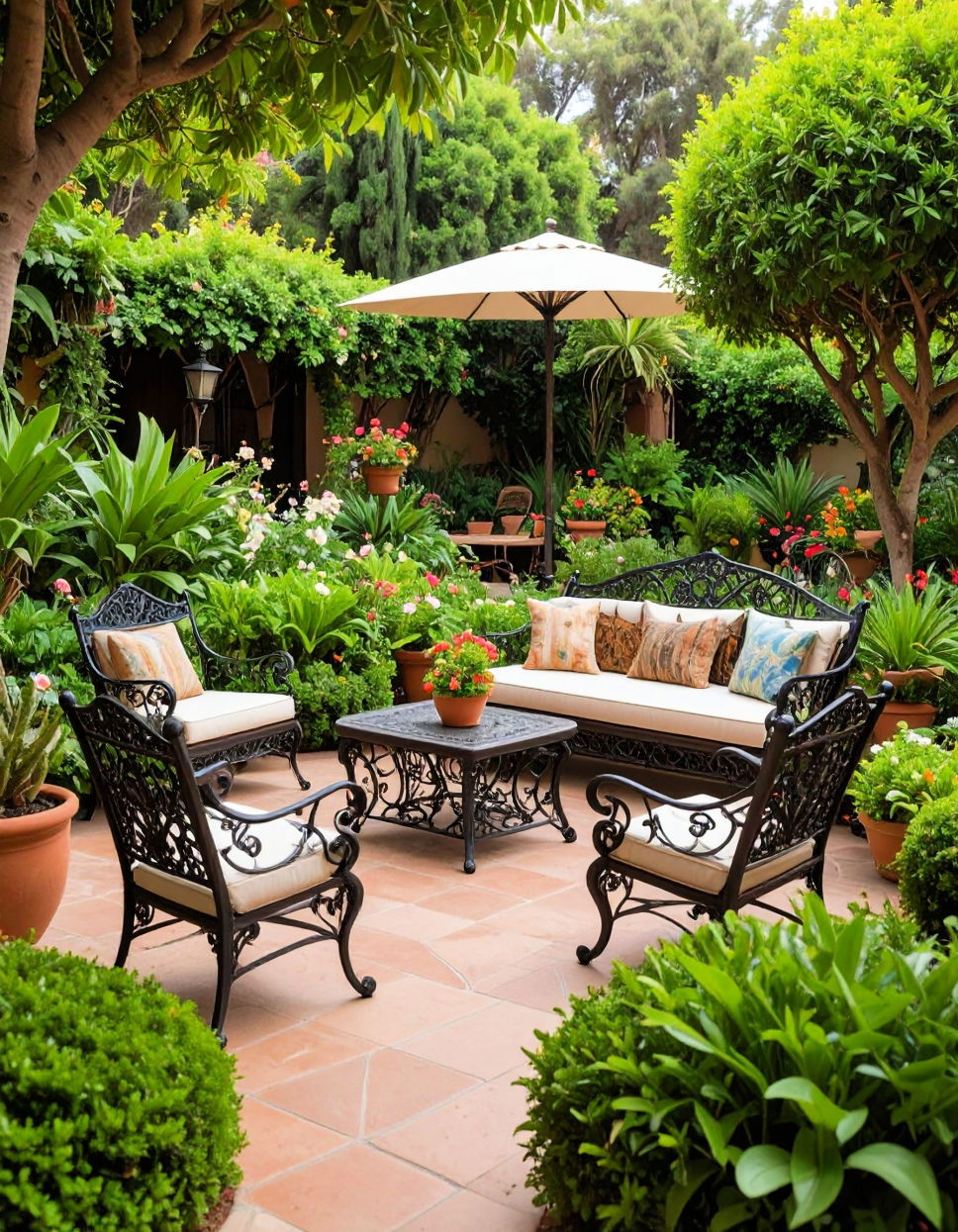
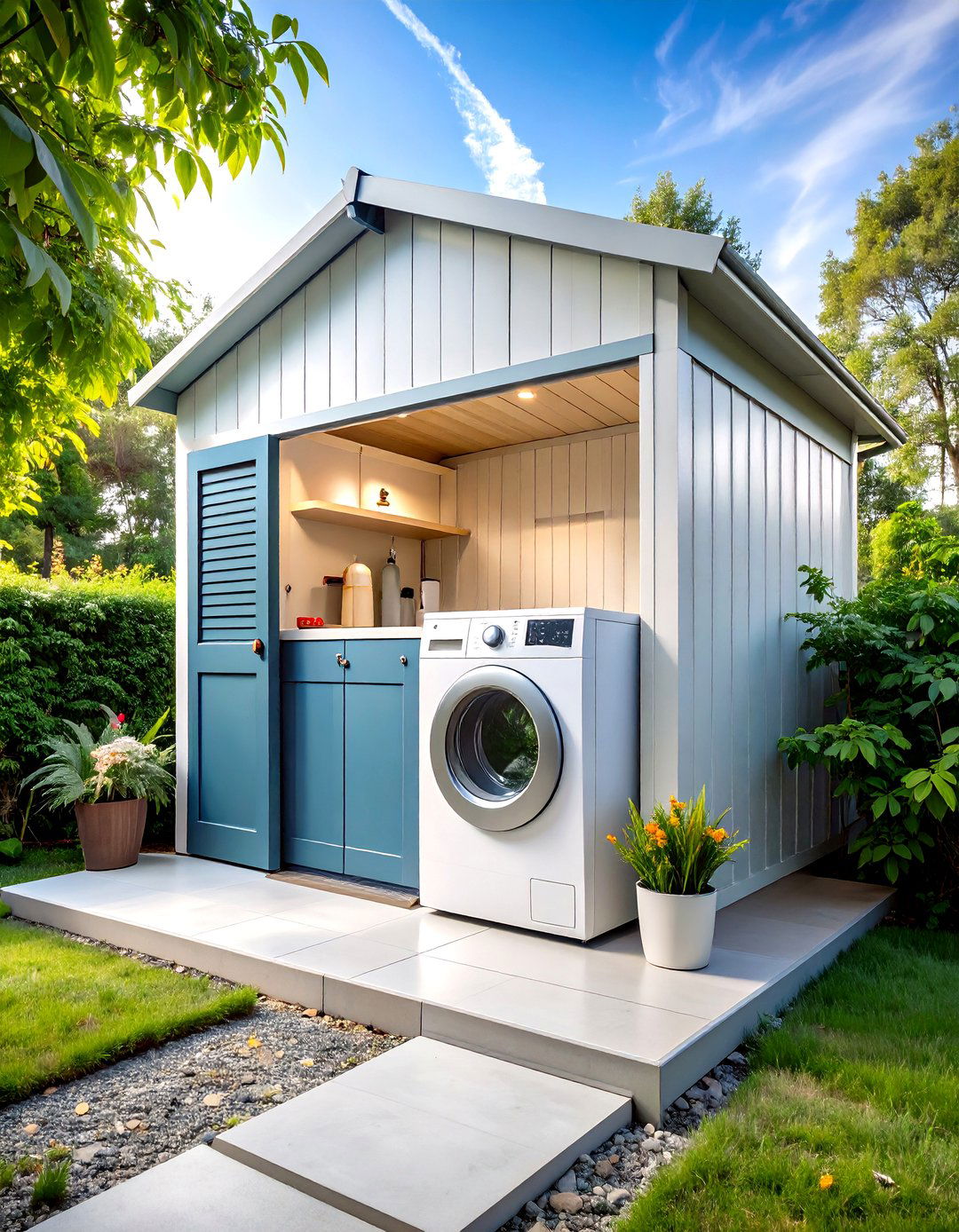
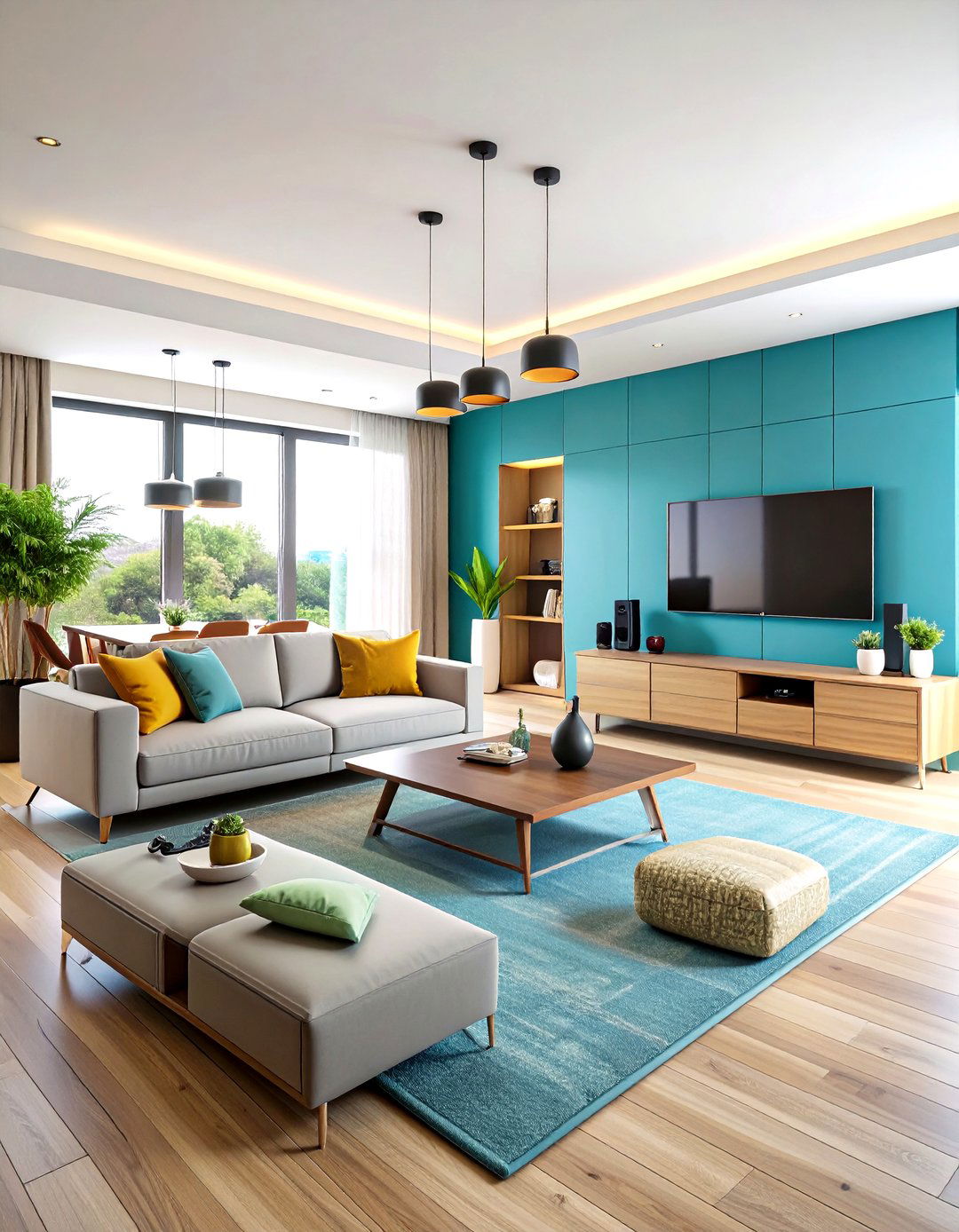
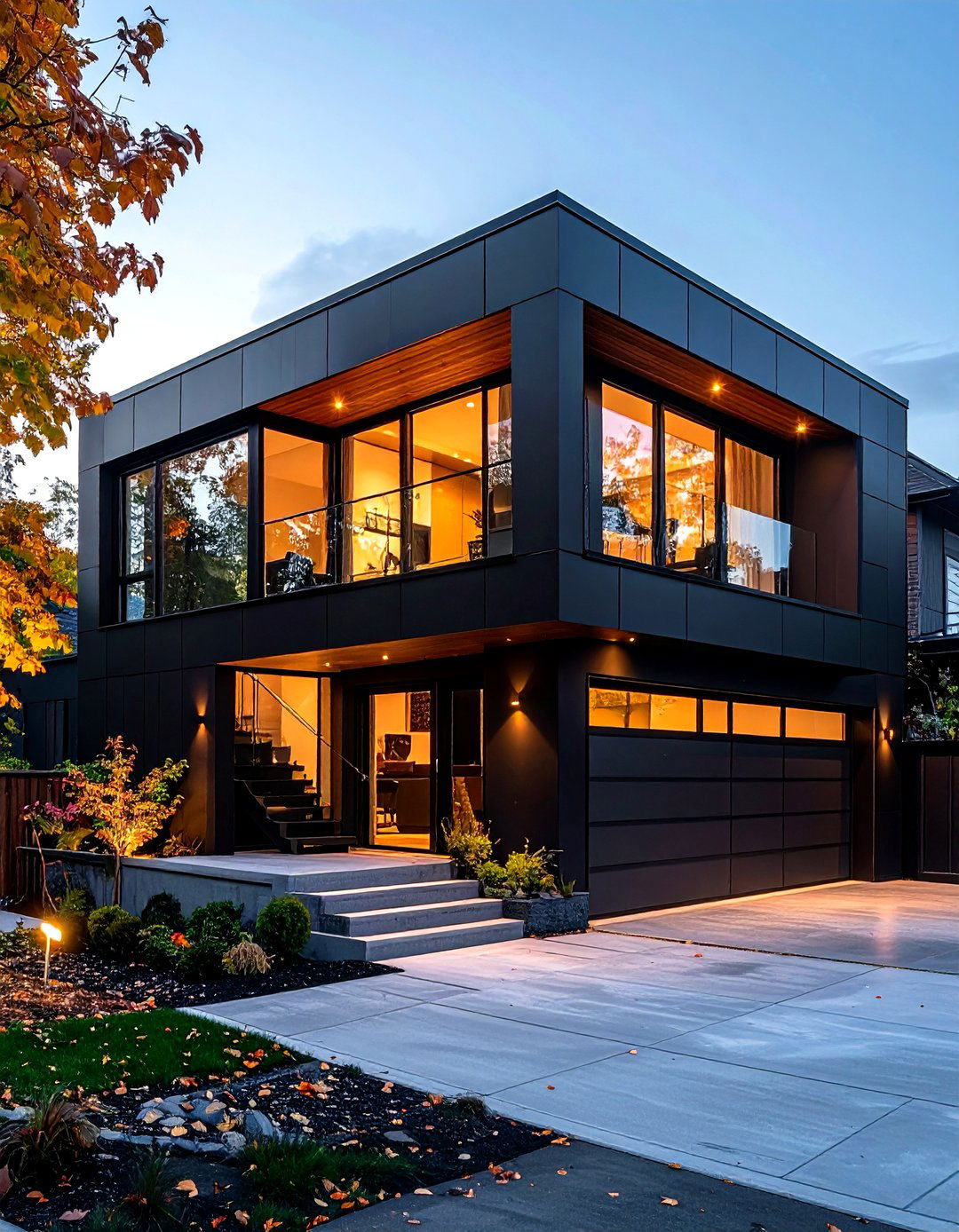
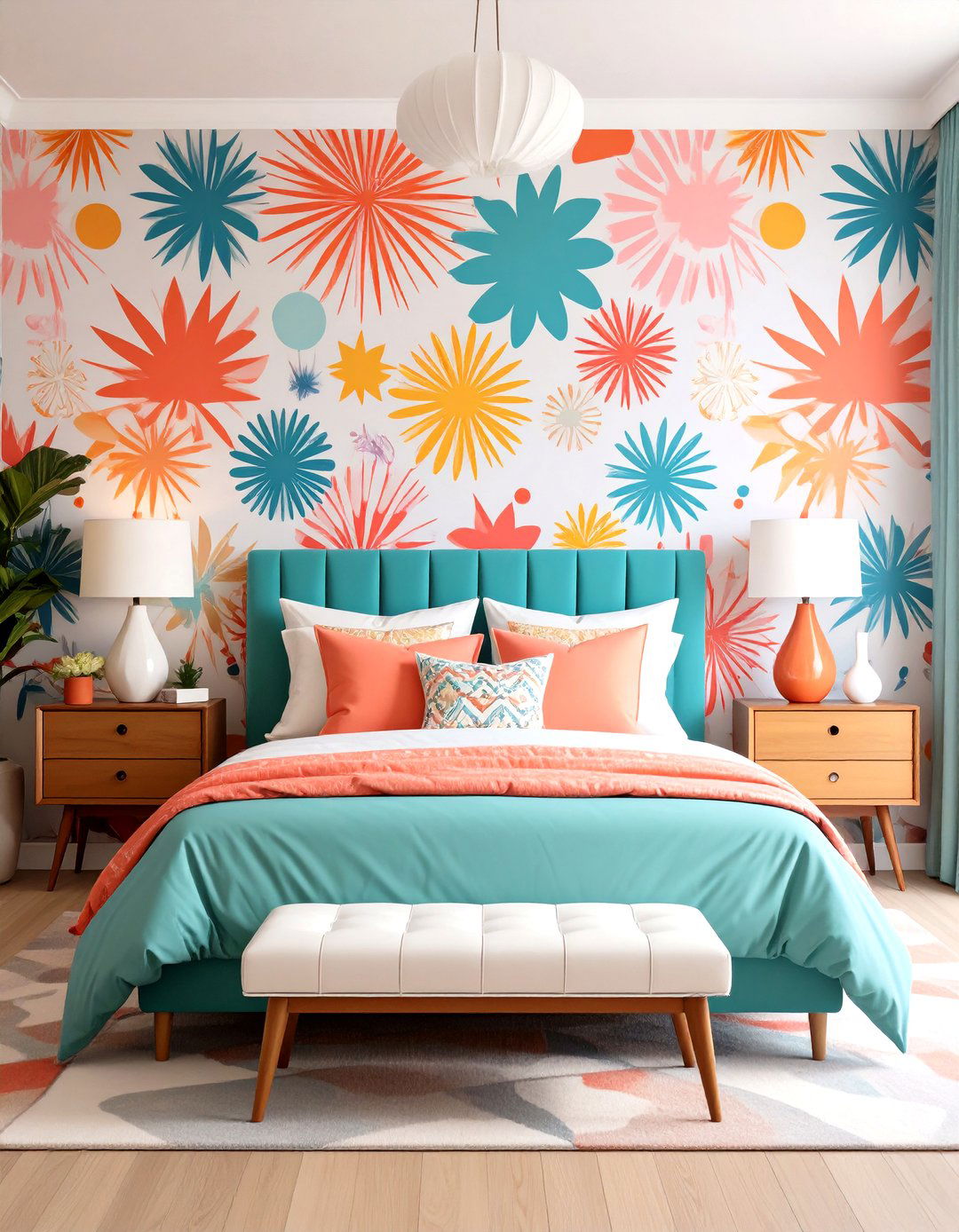
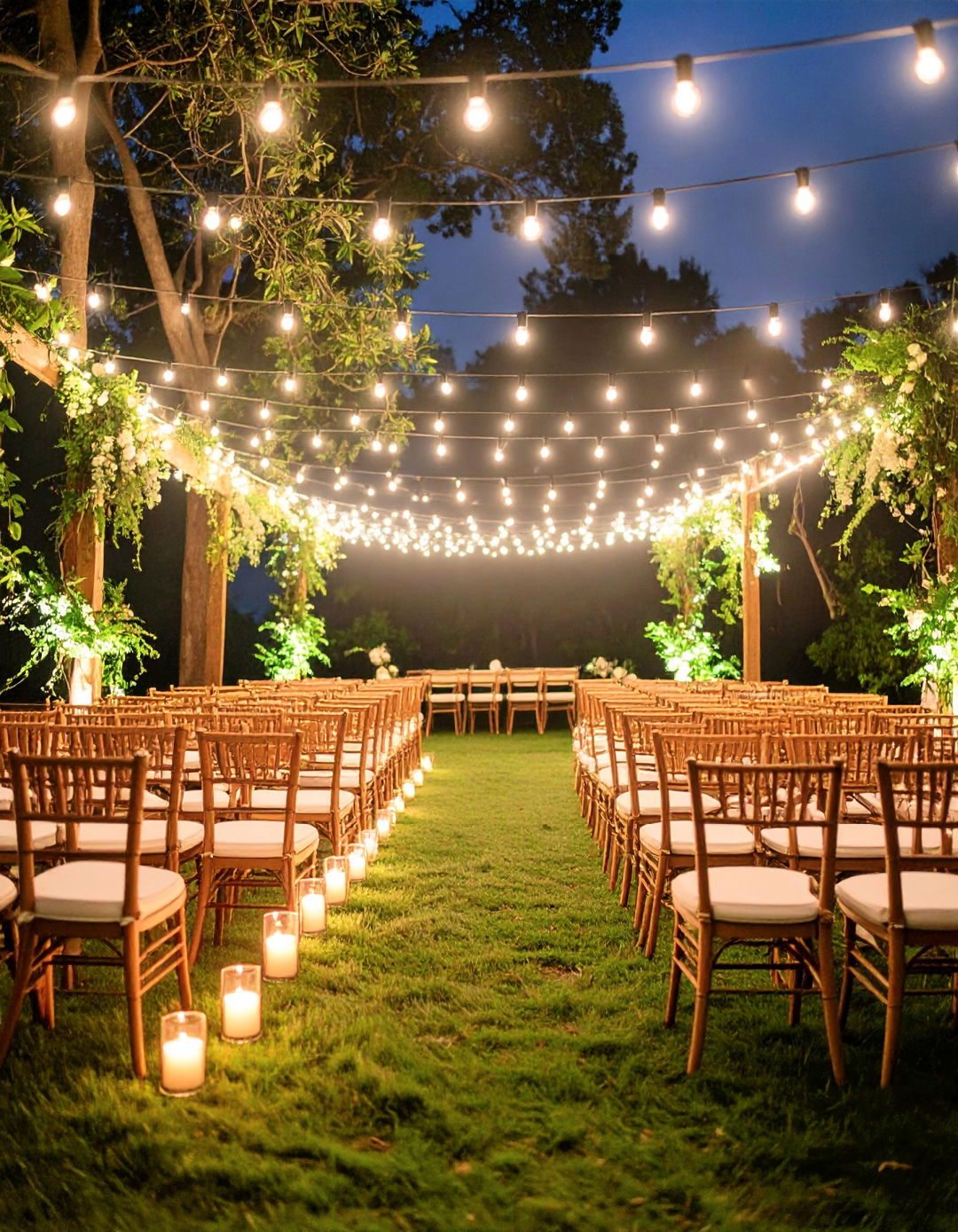
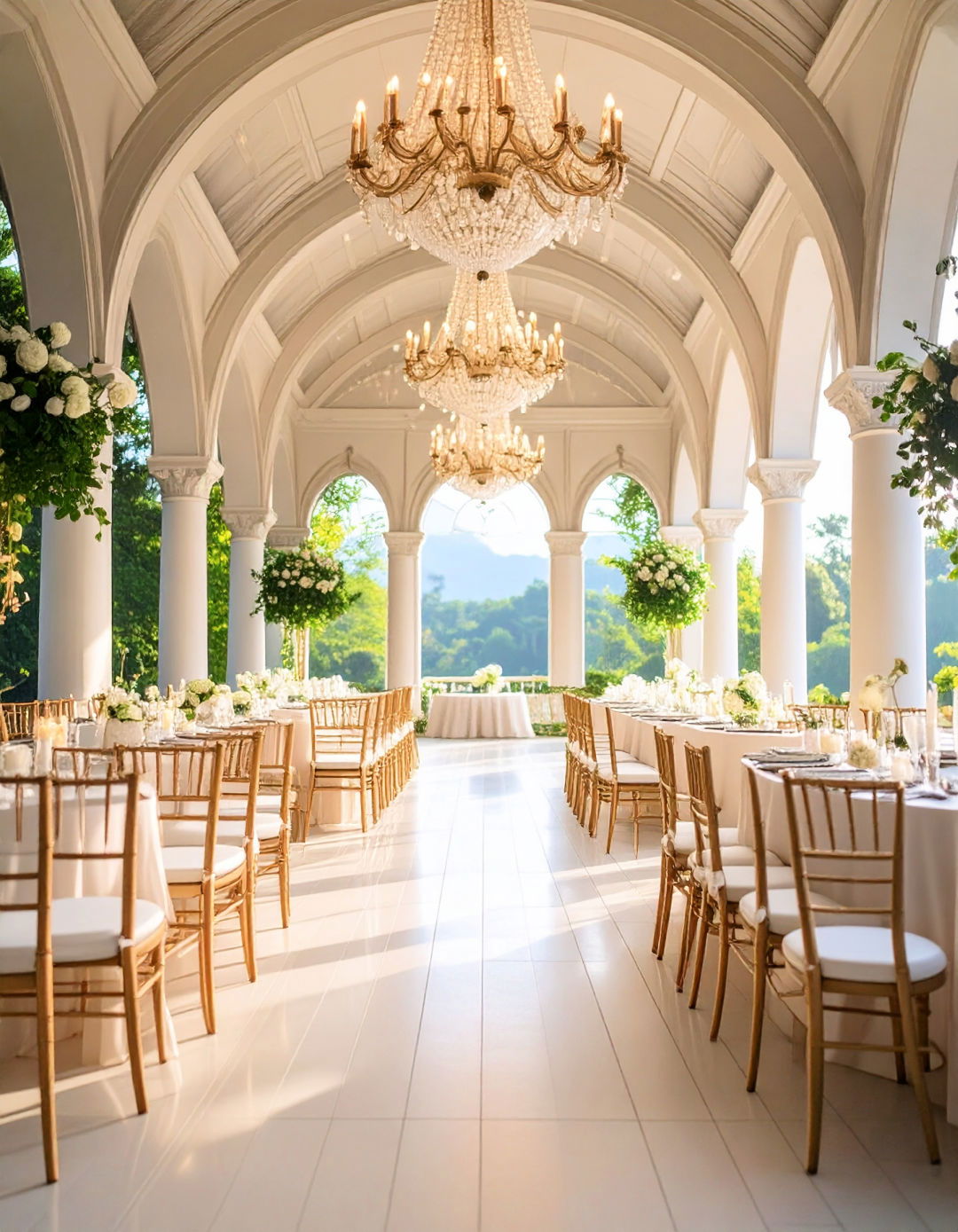
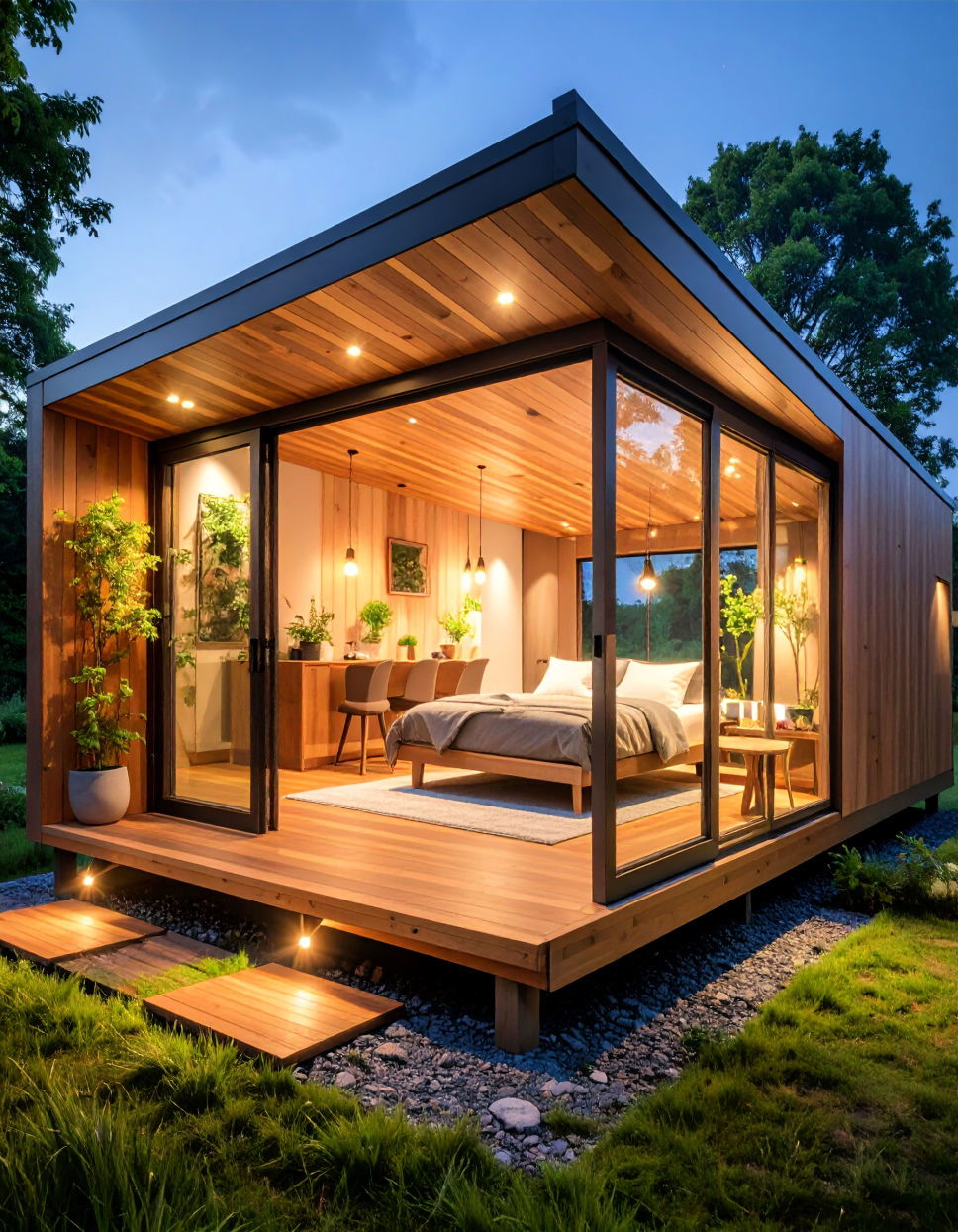
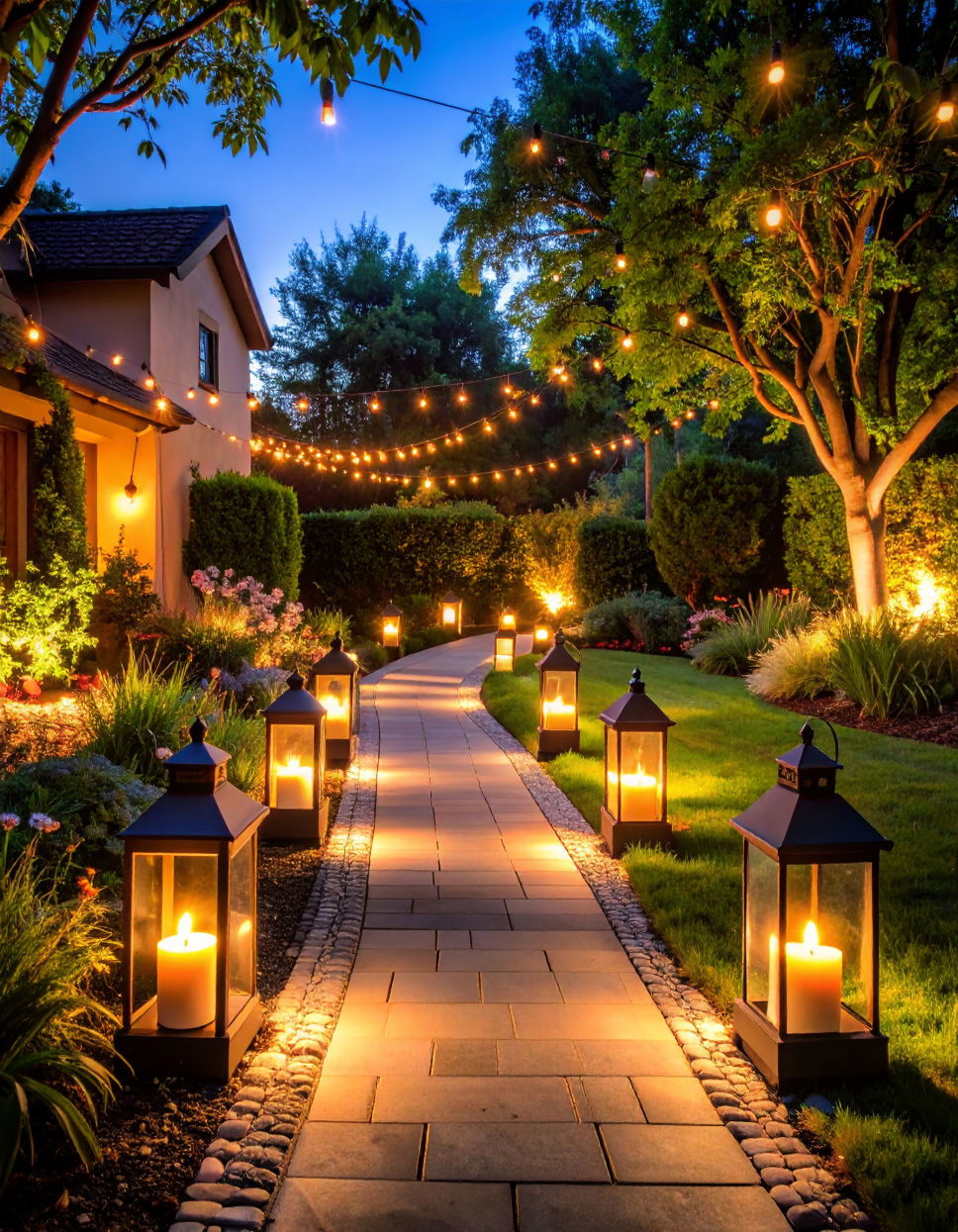
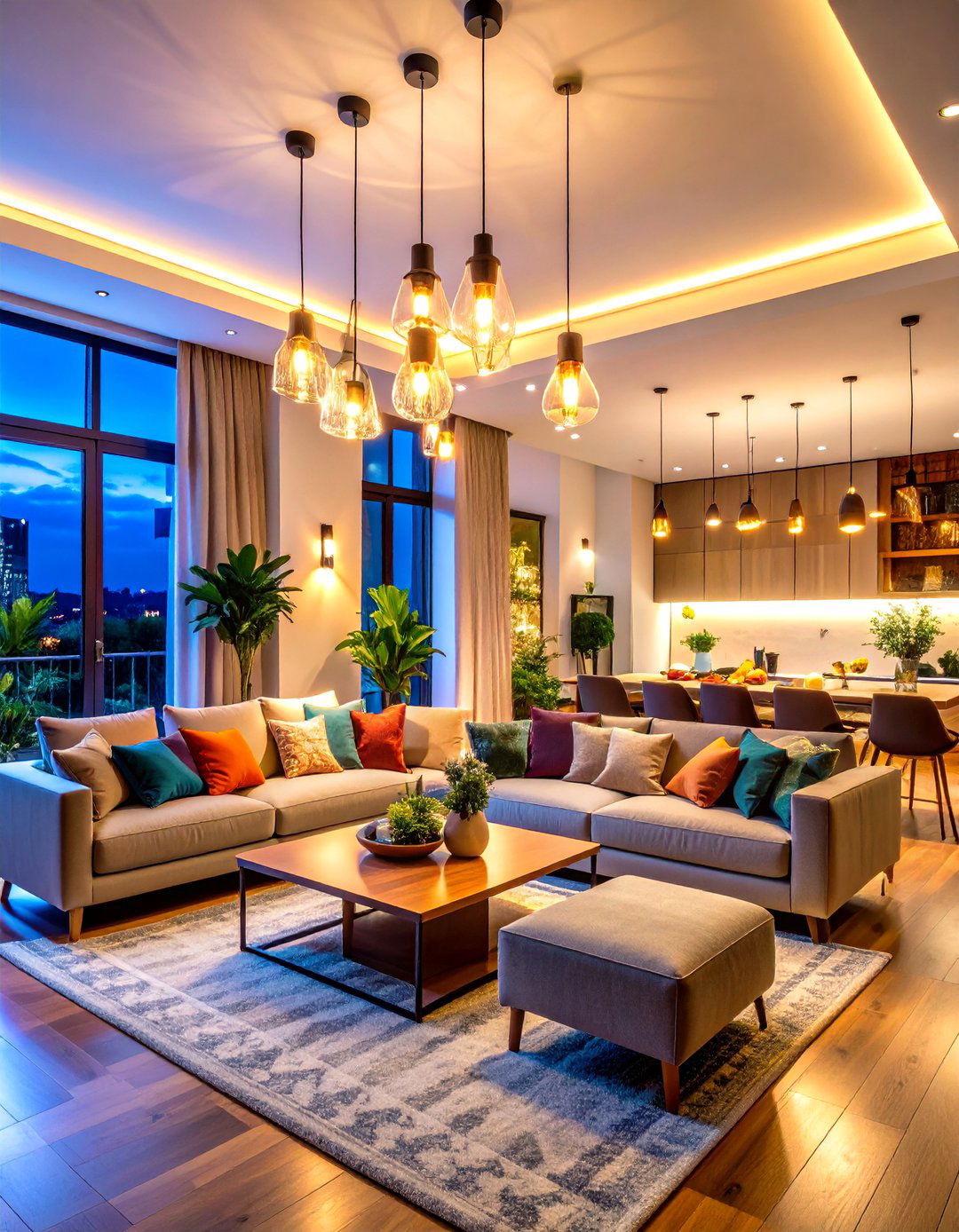
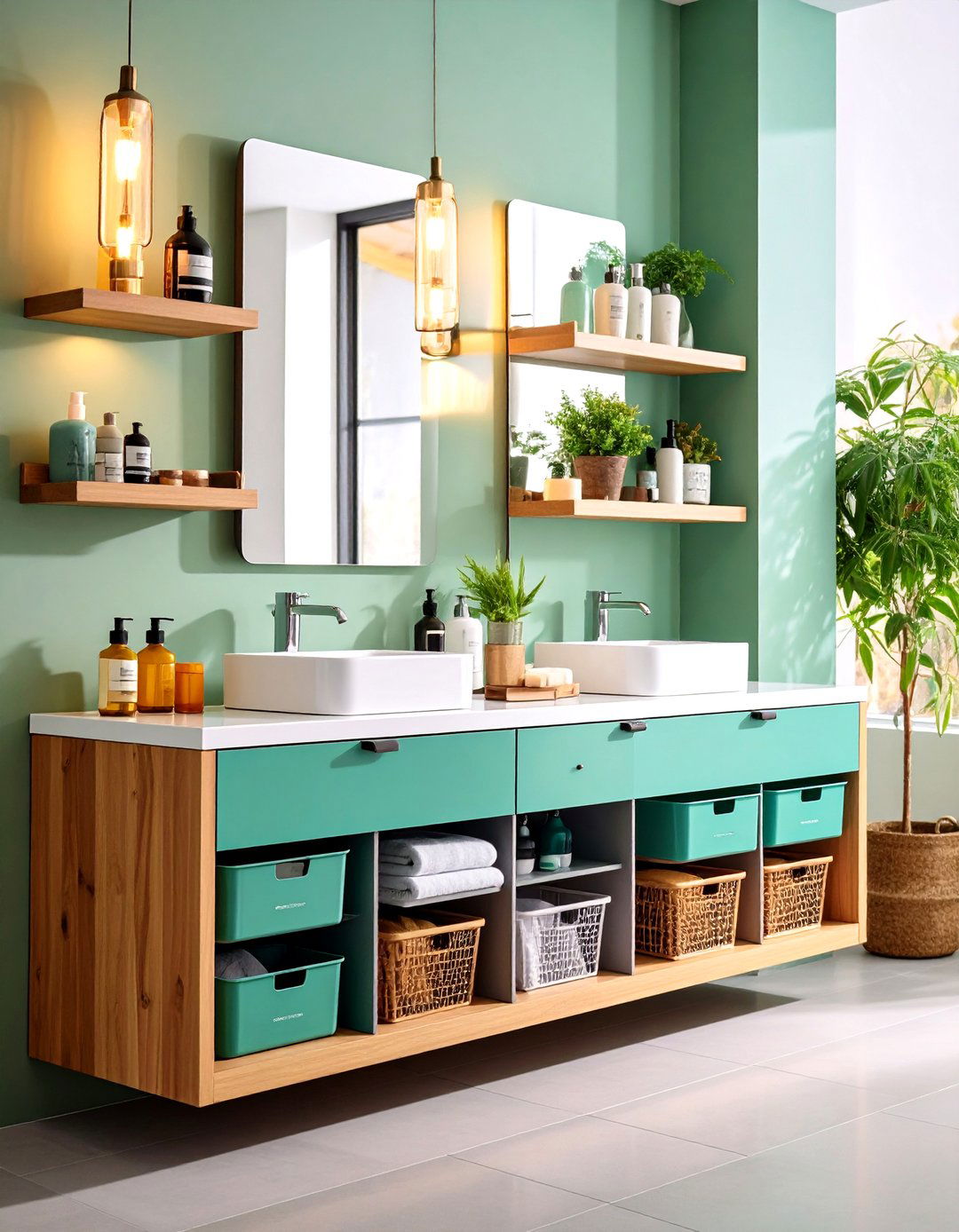
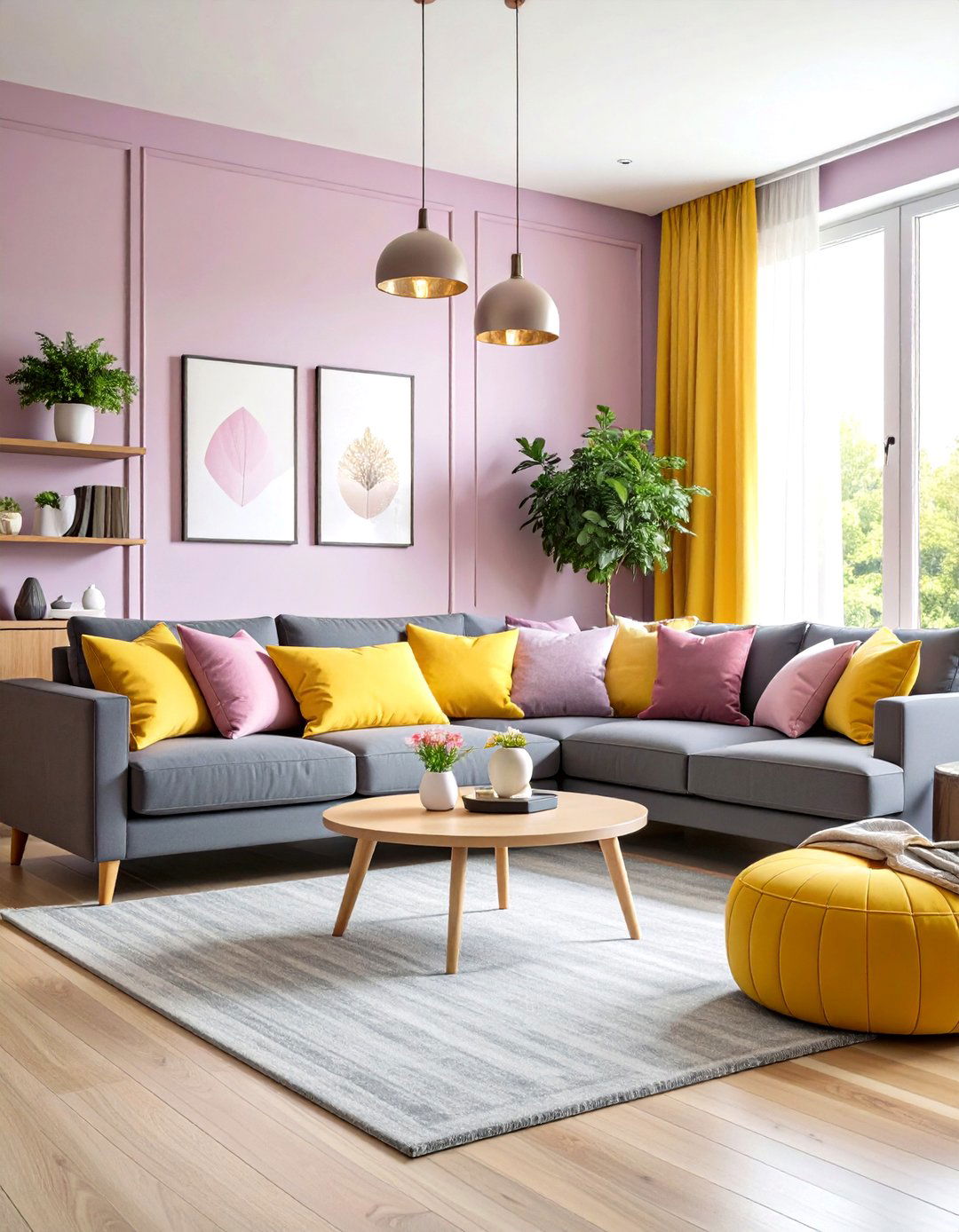
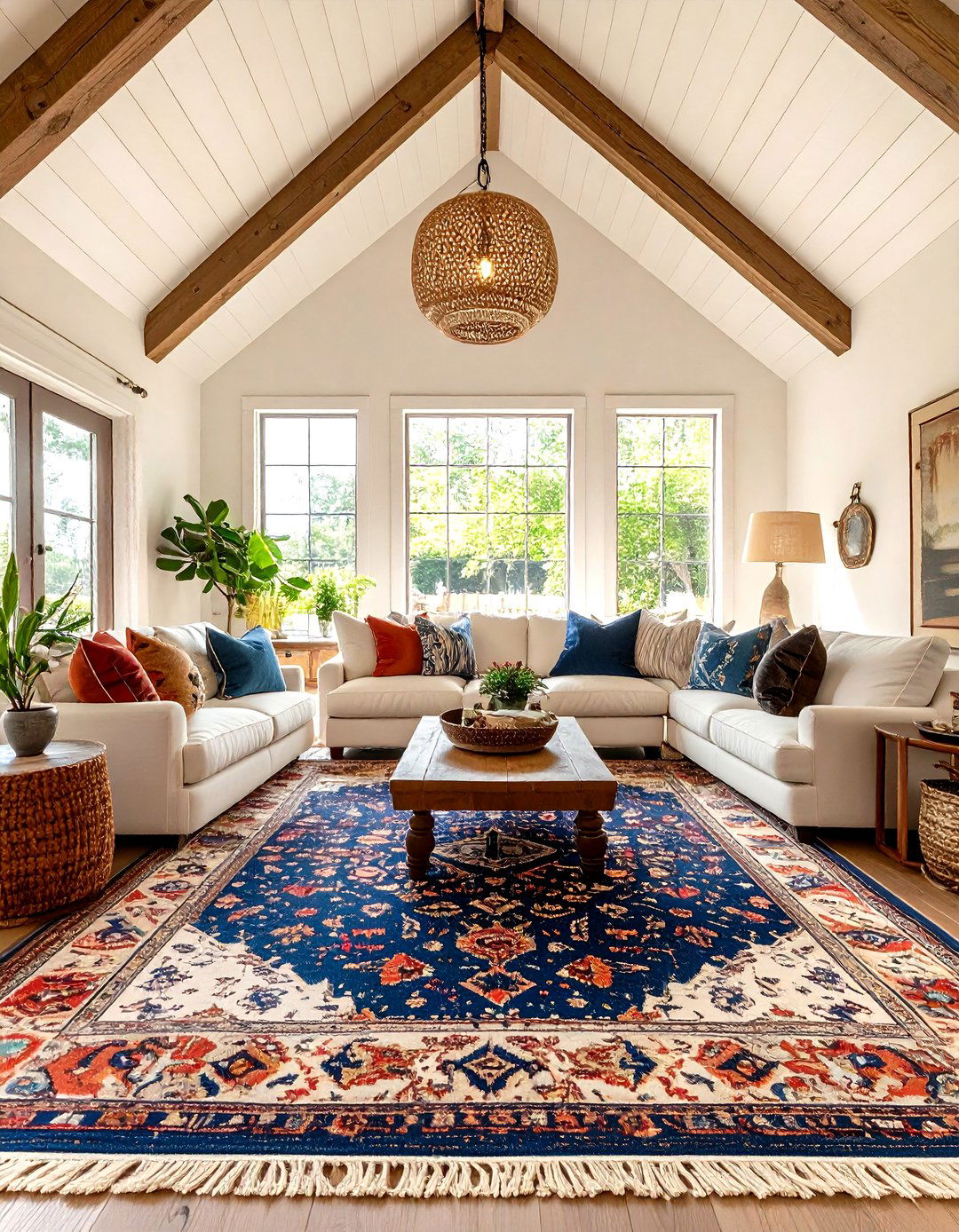
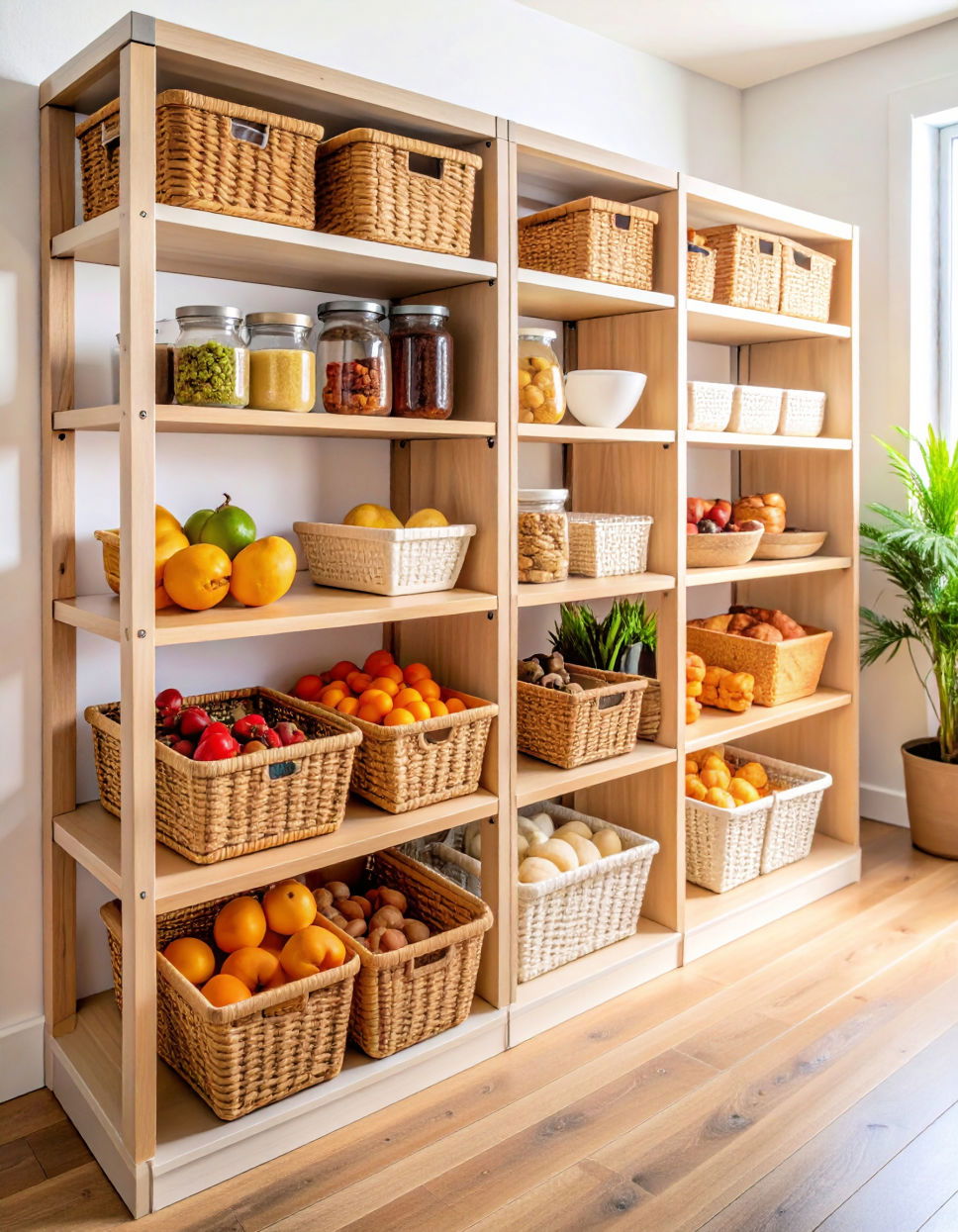
Leave a Reply